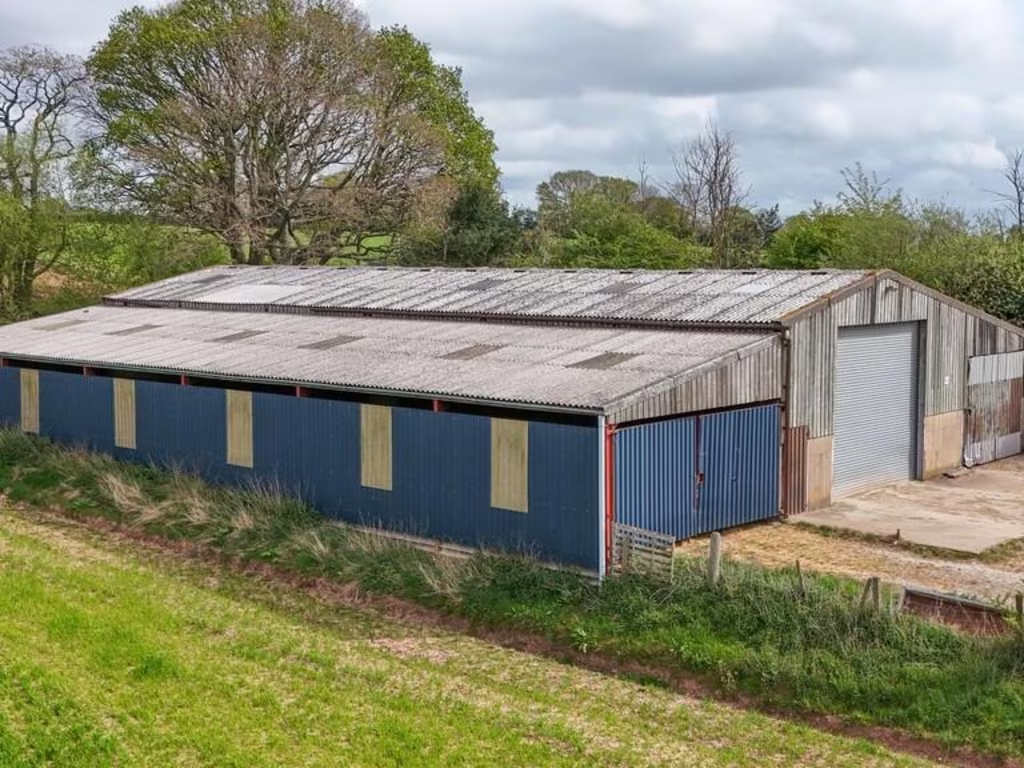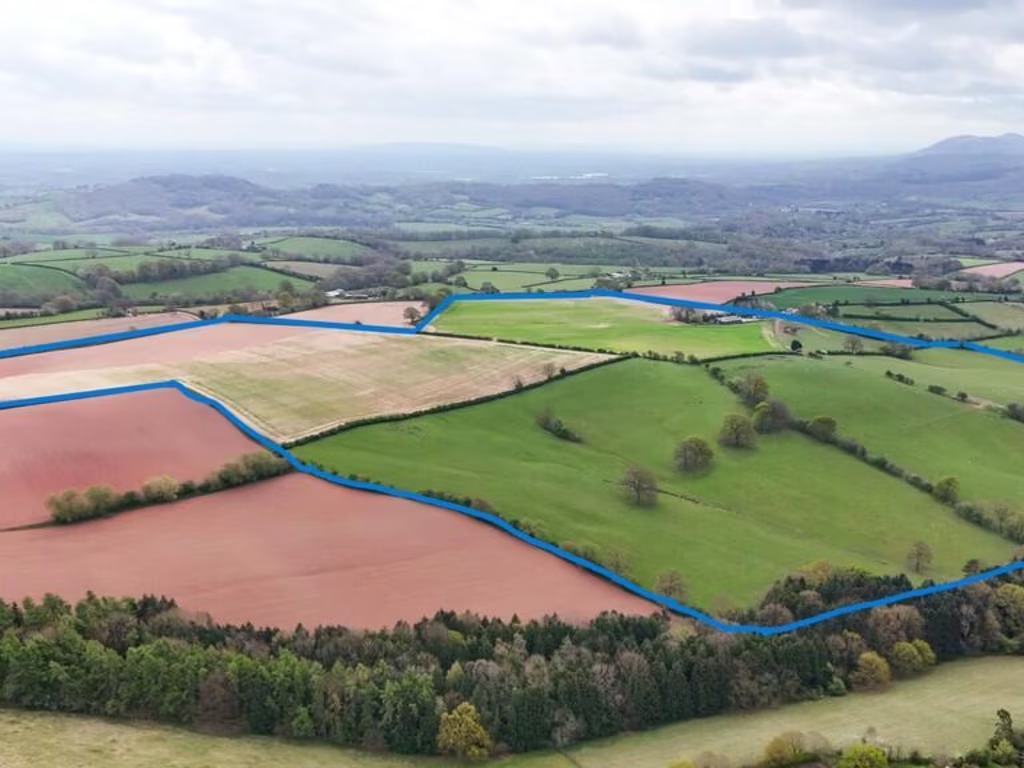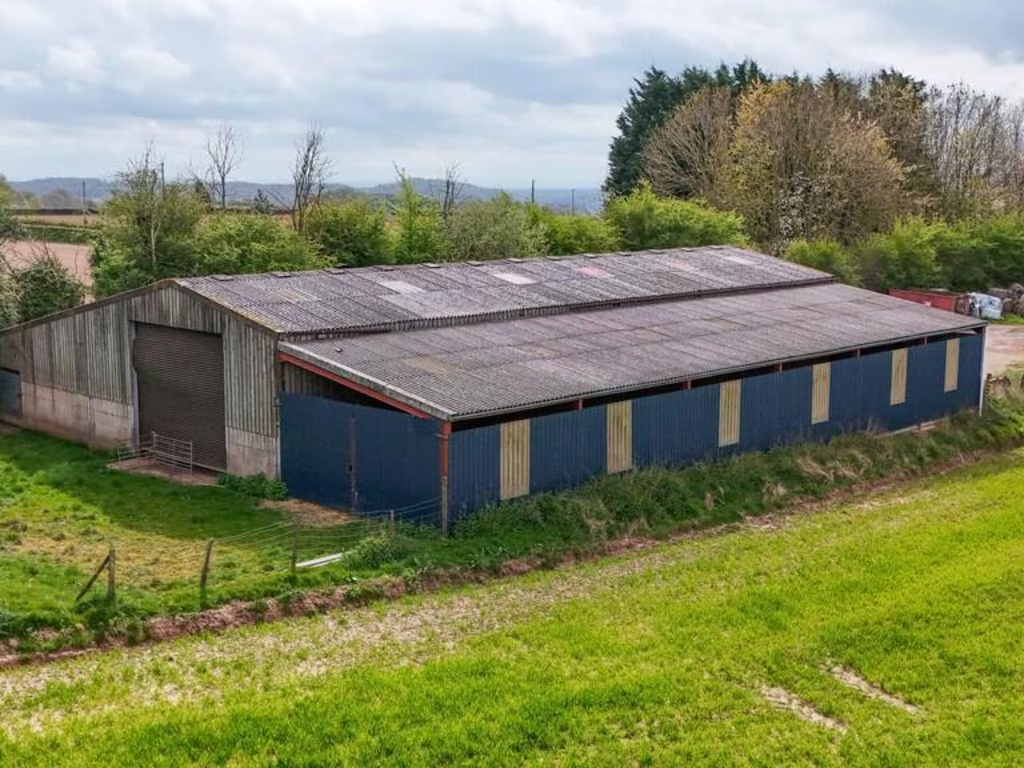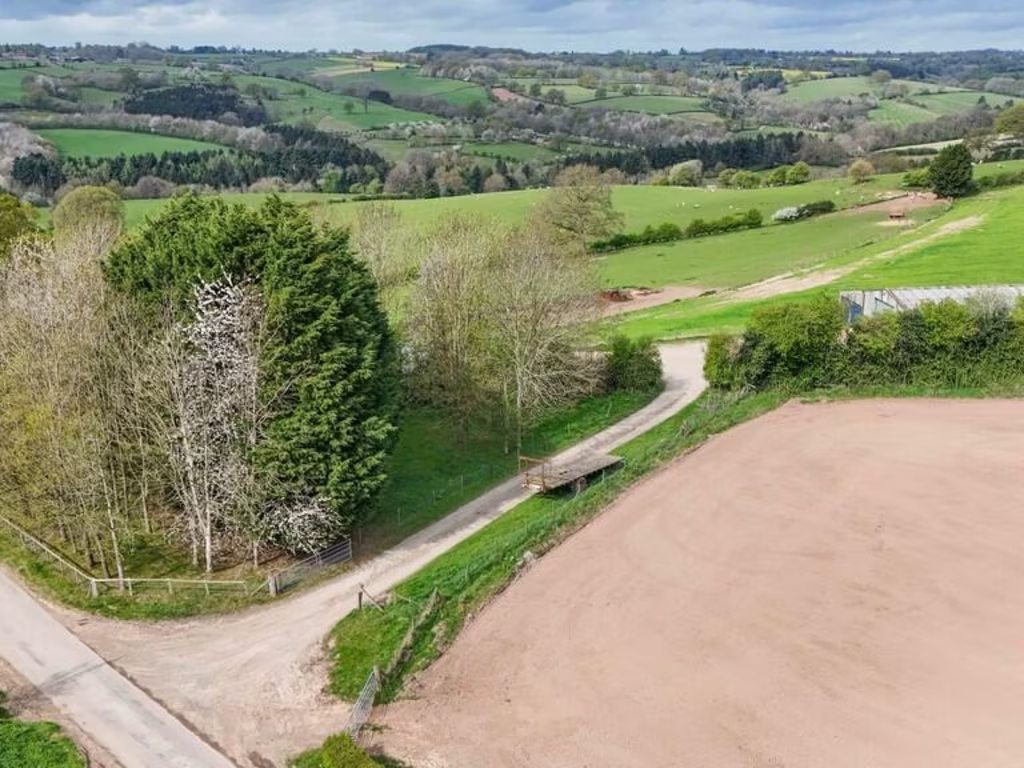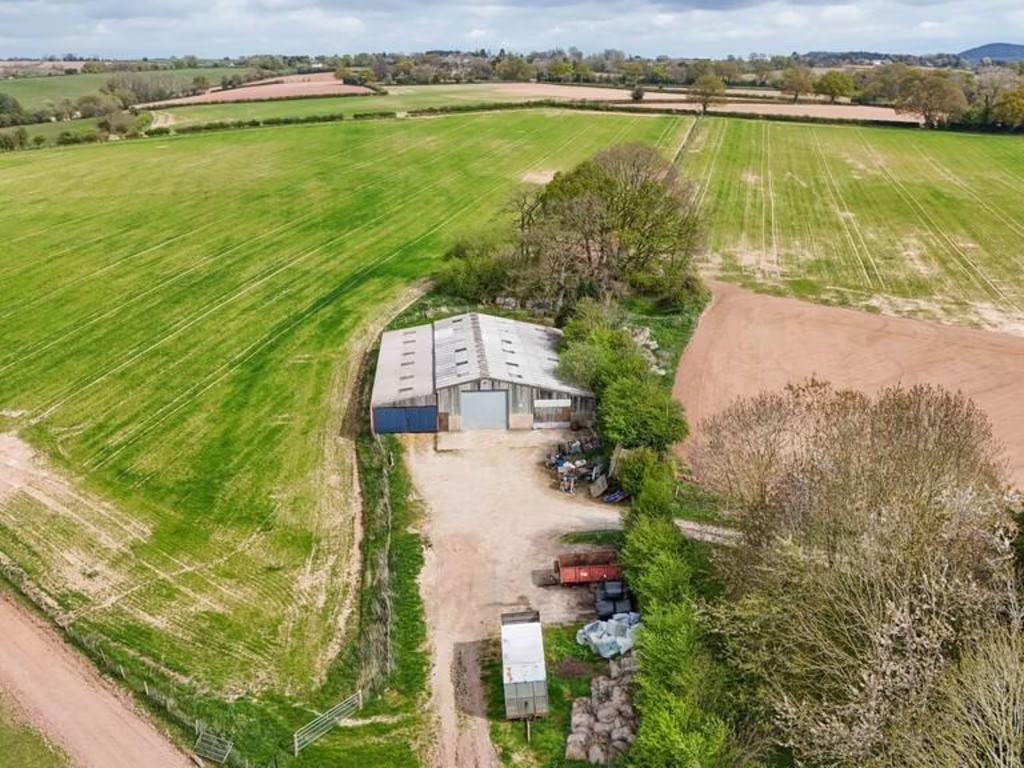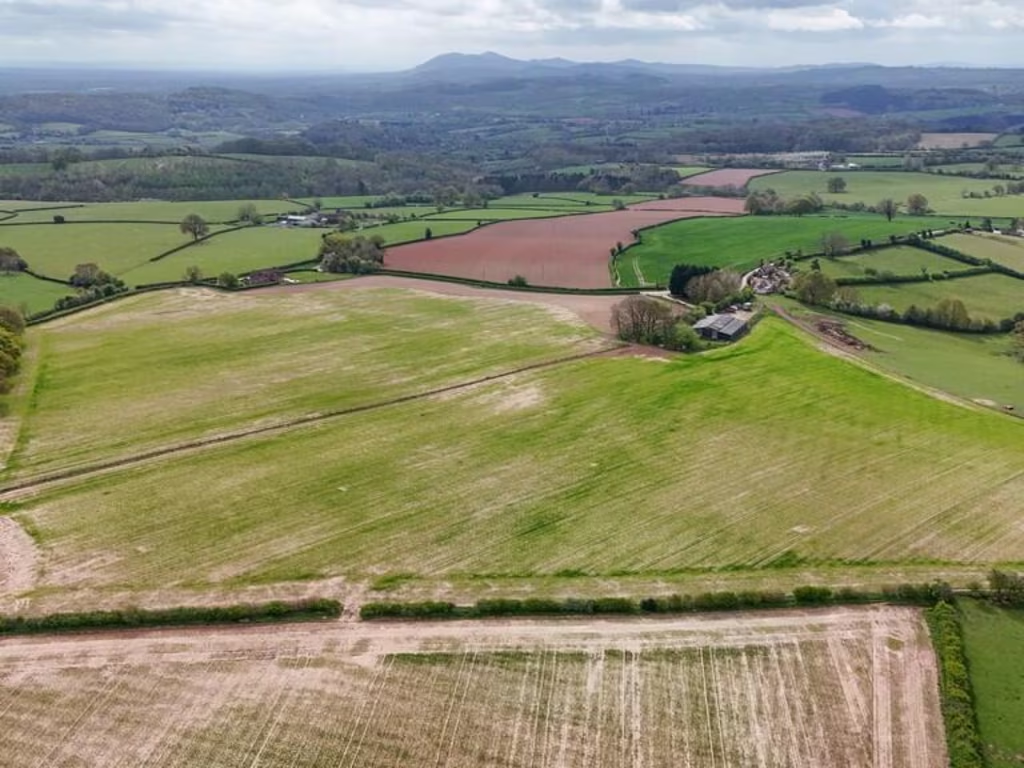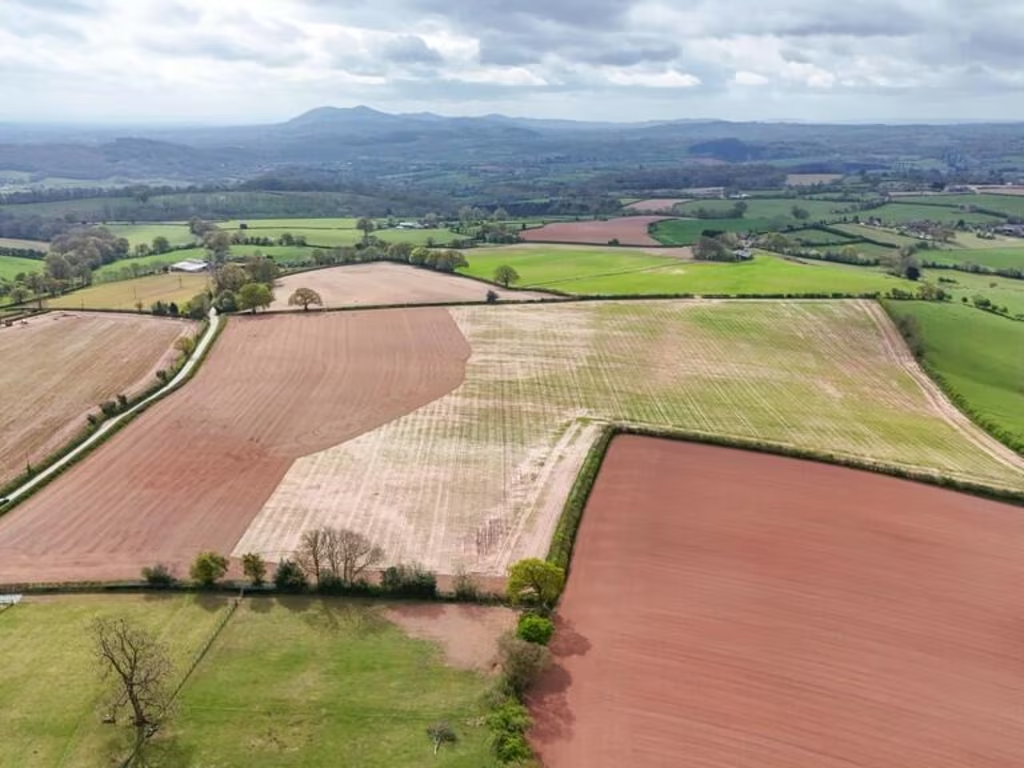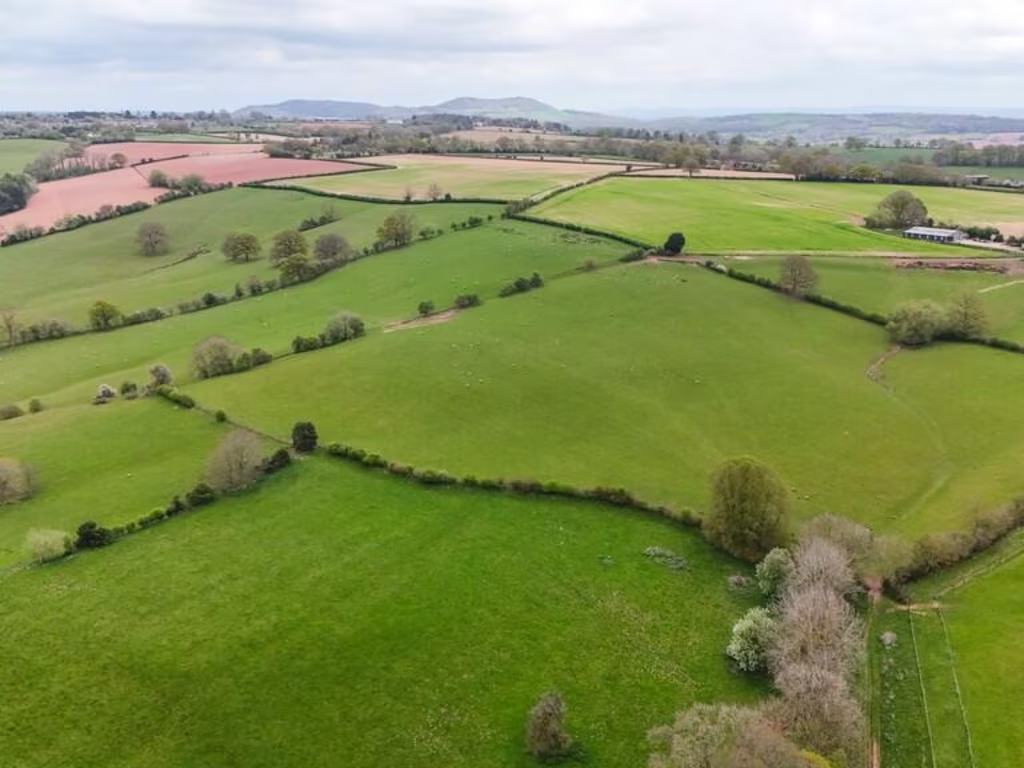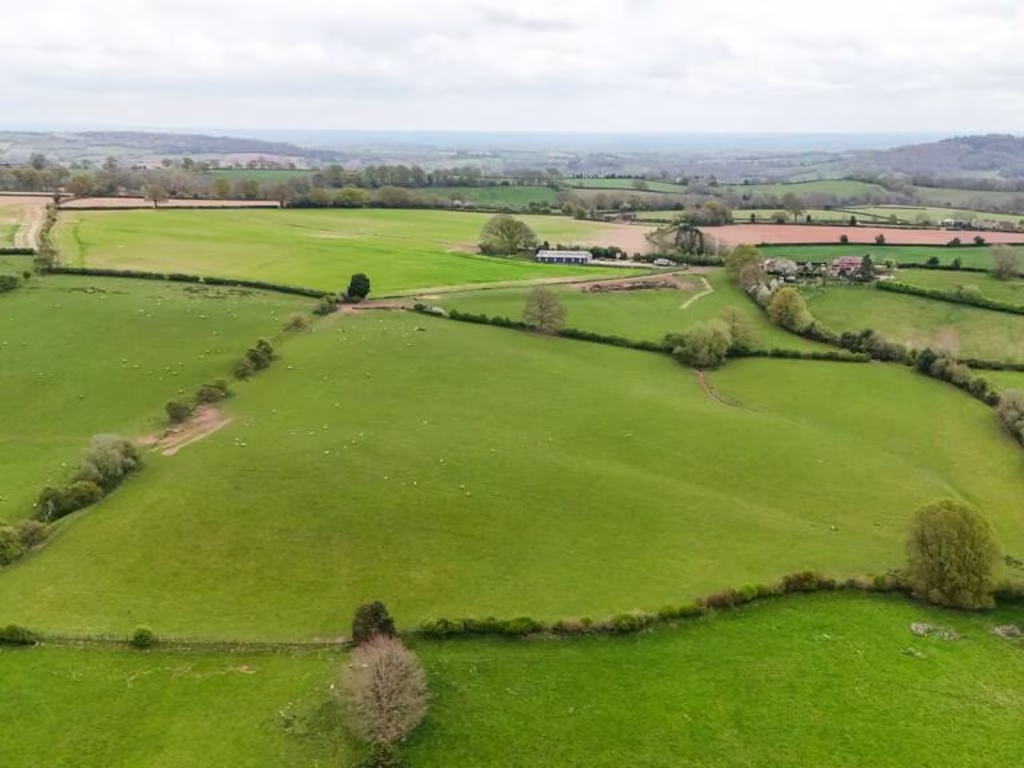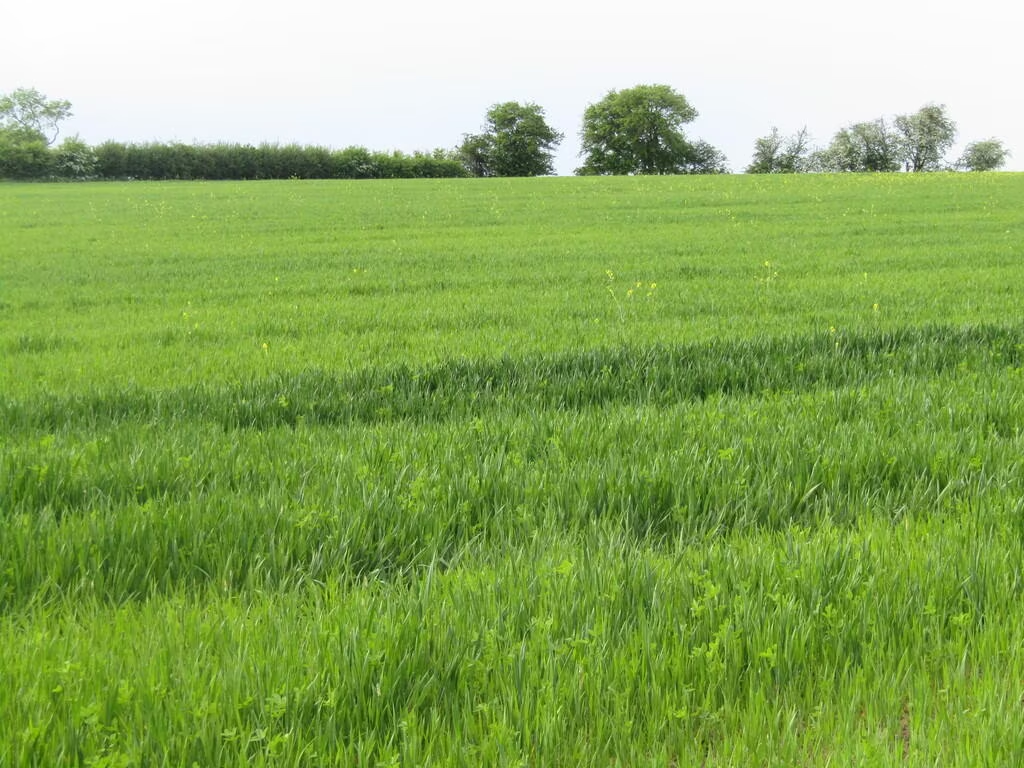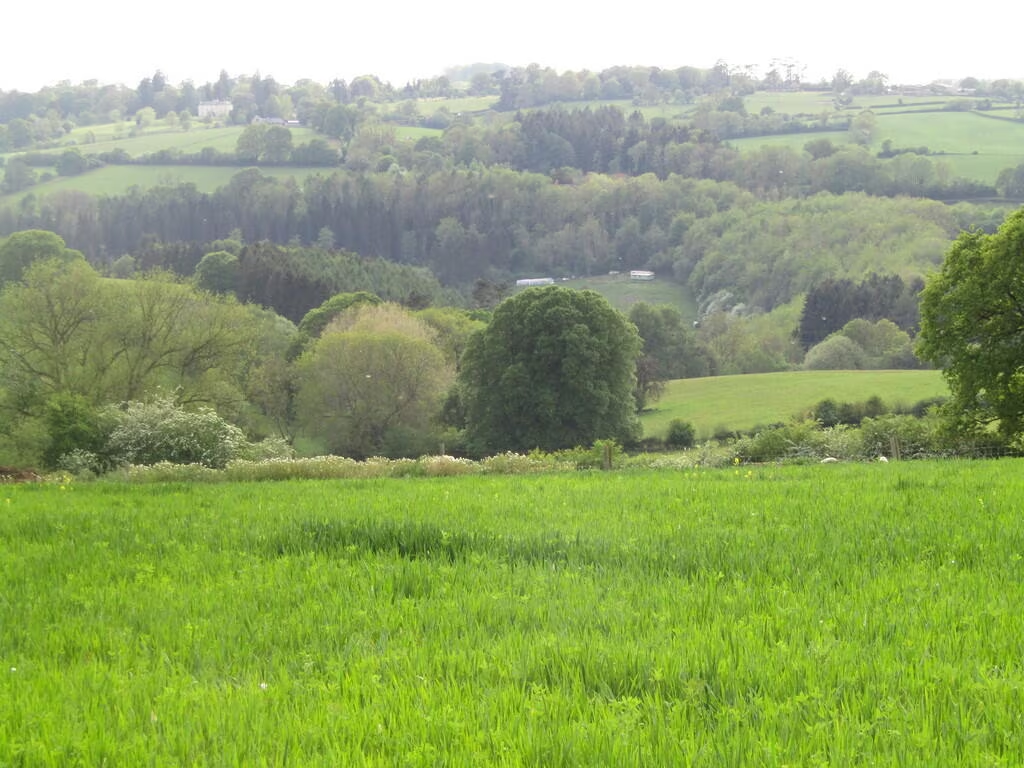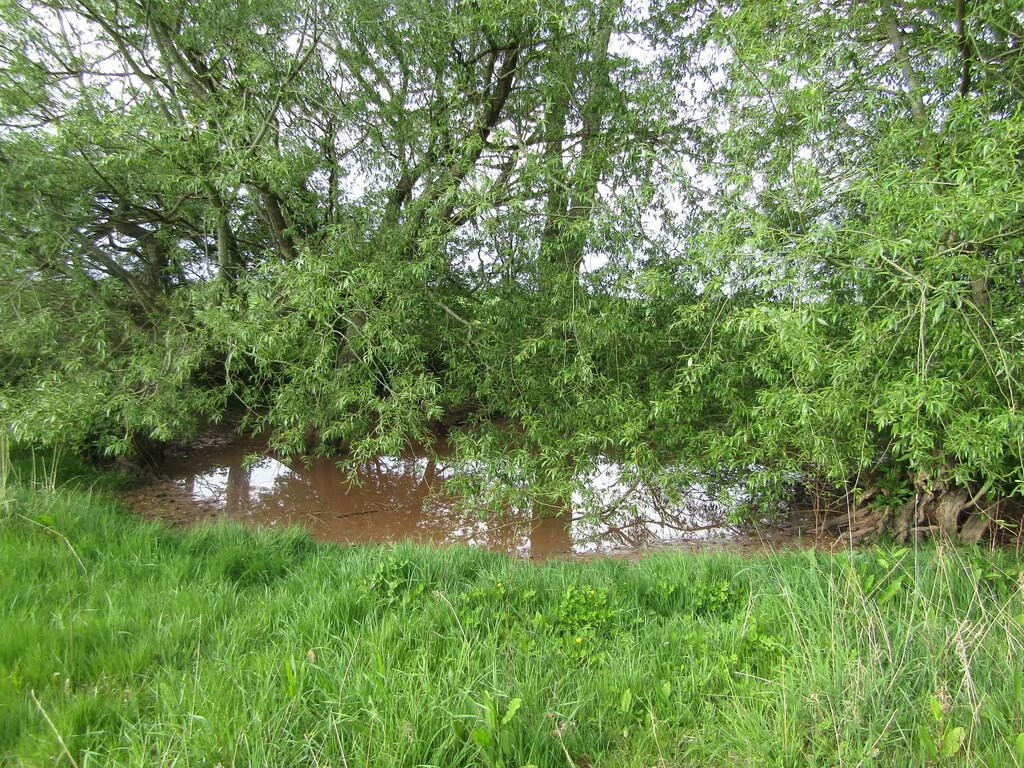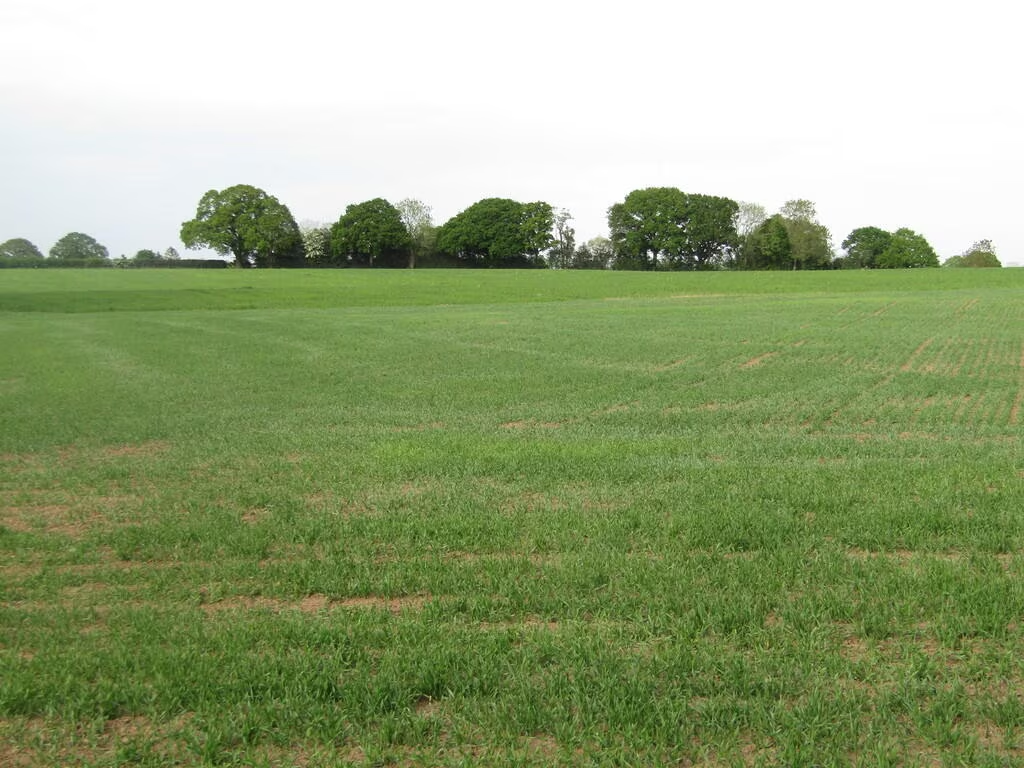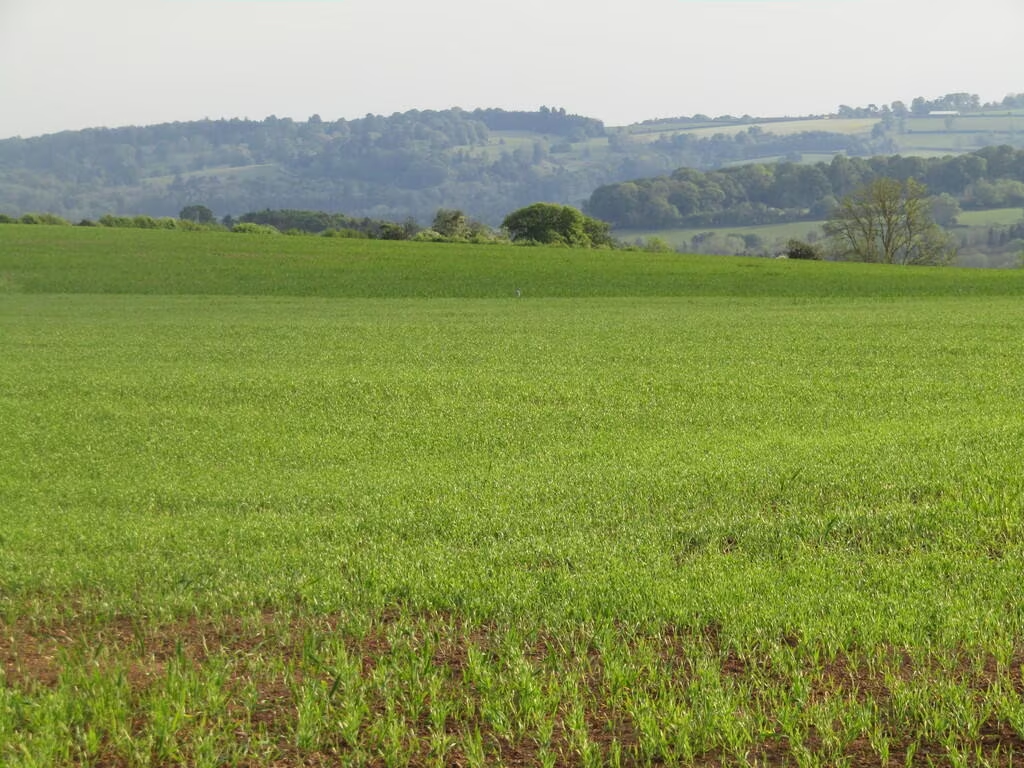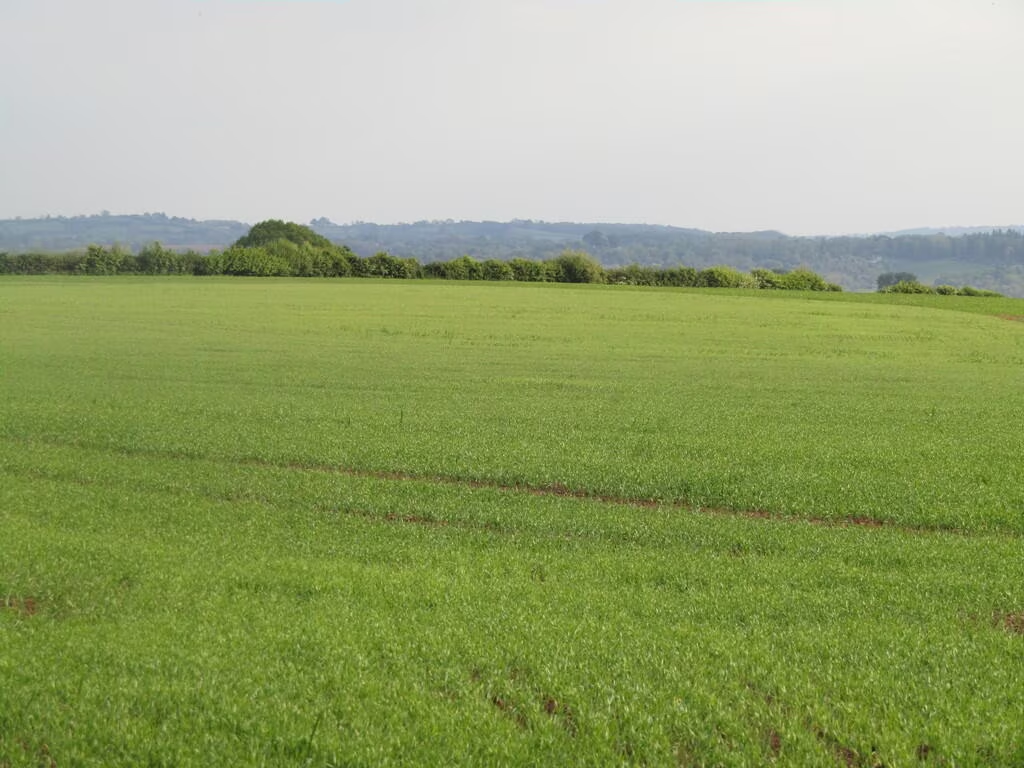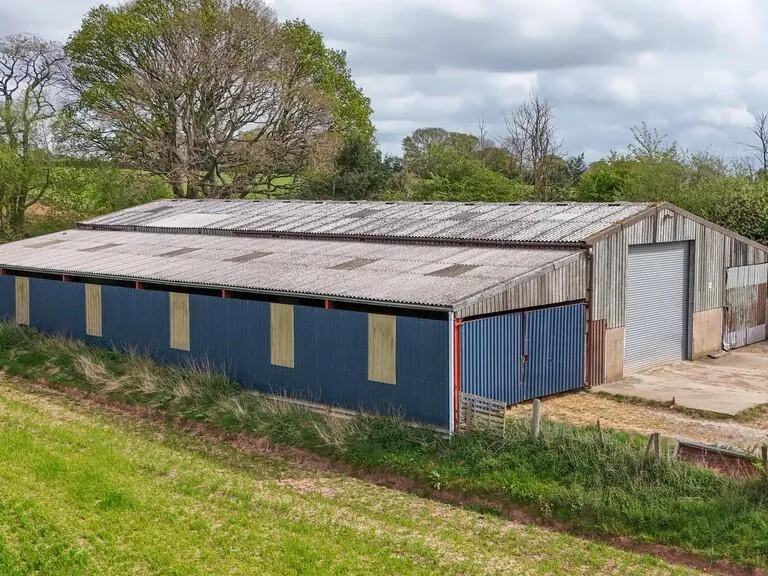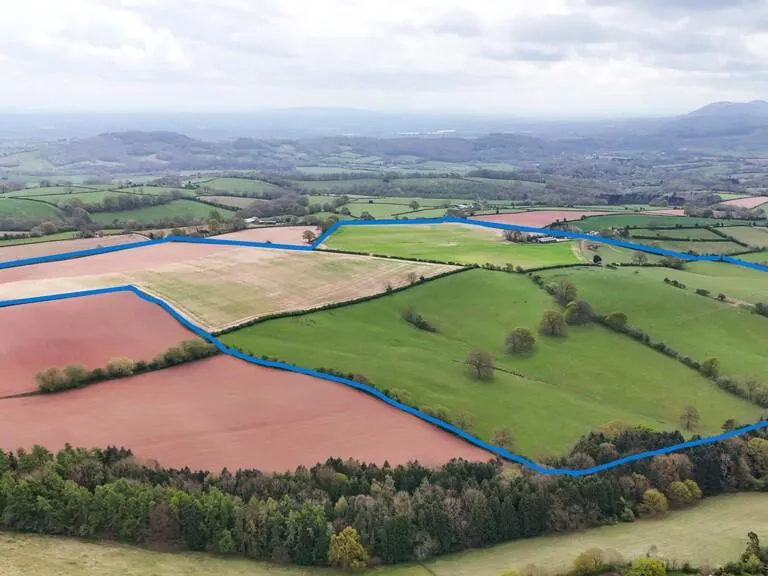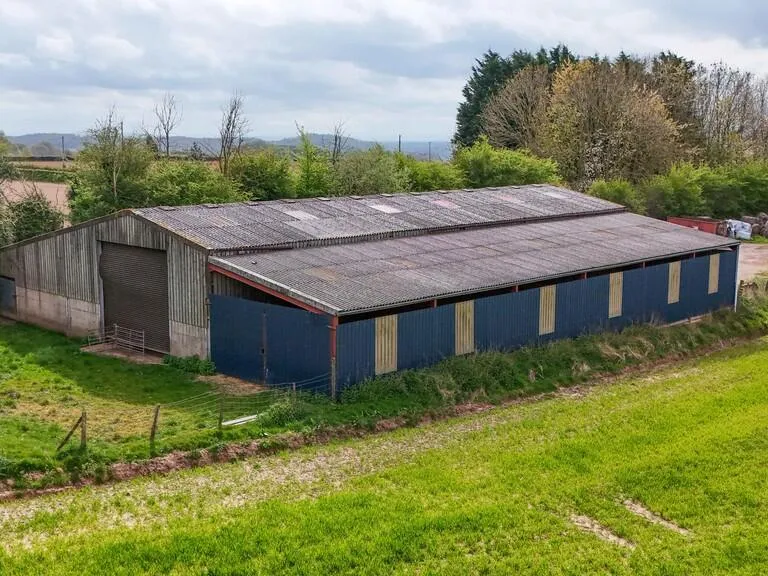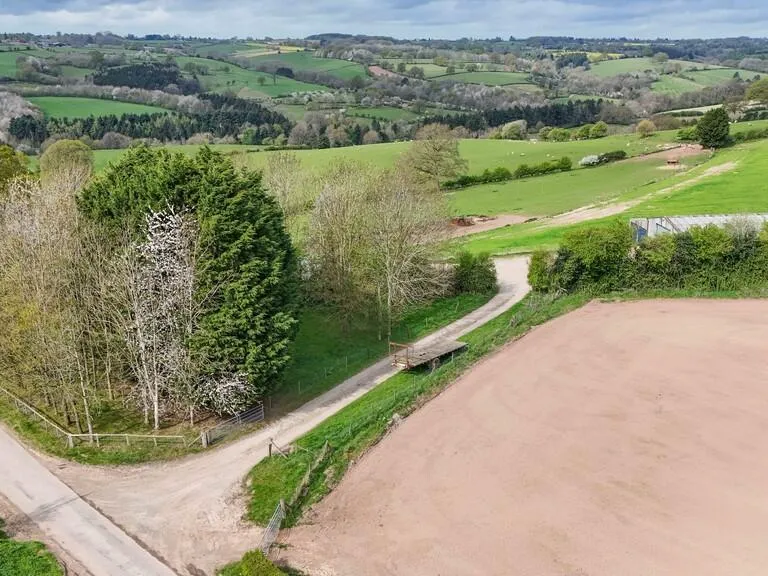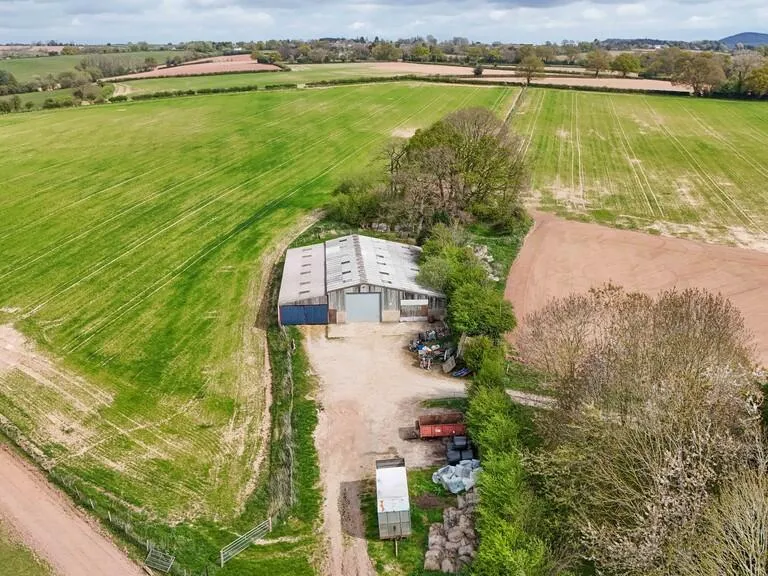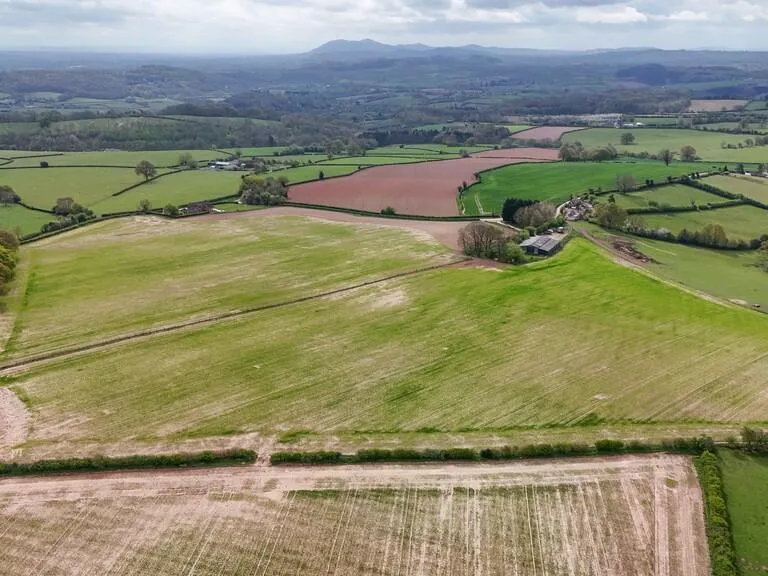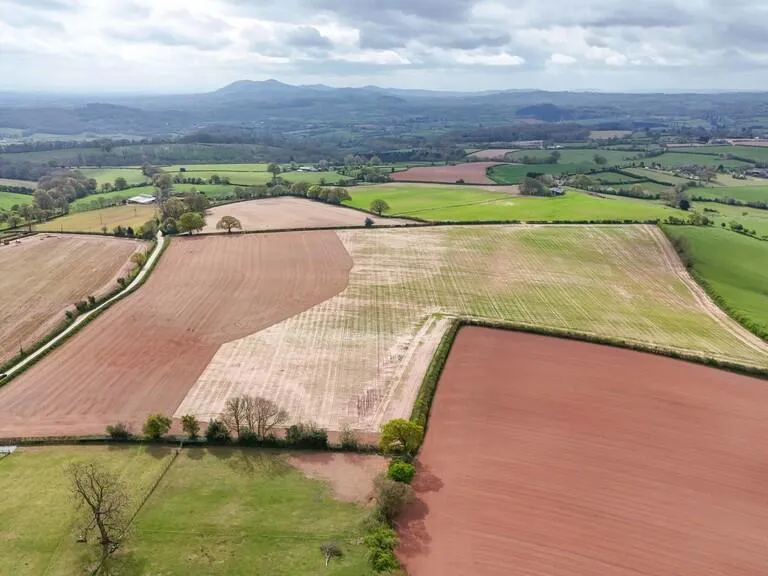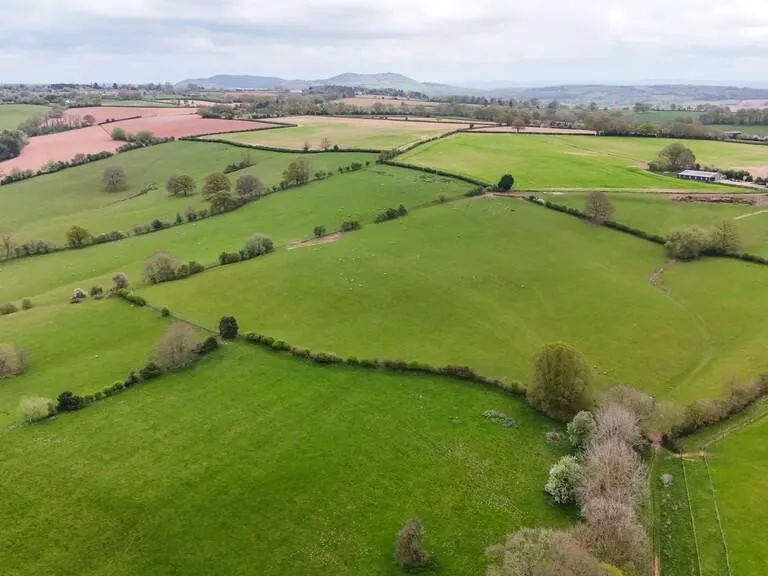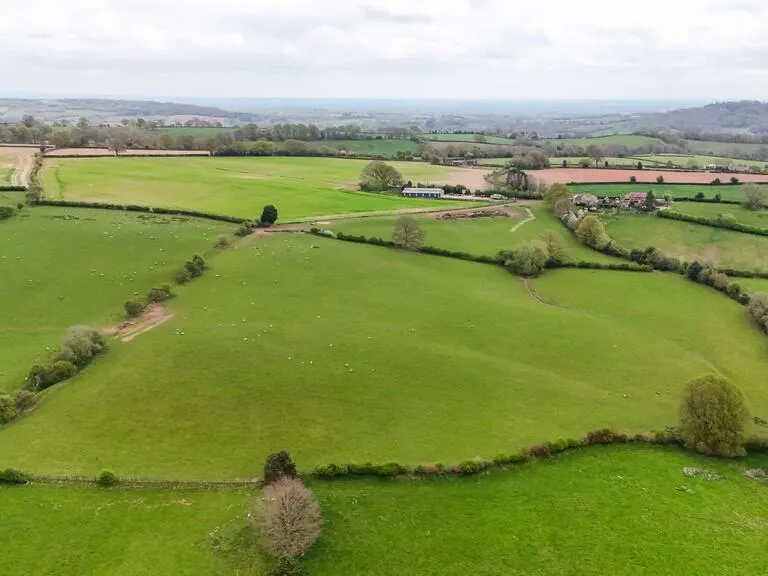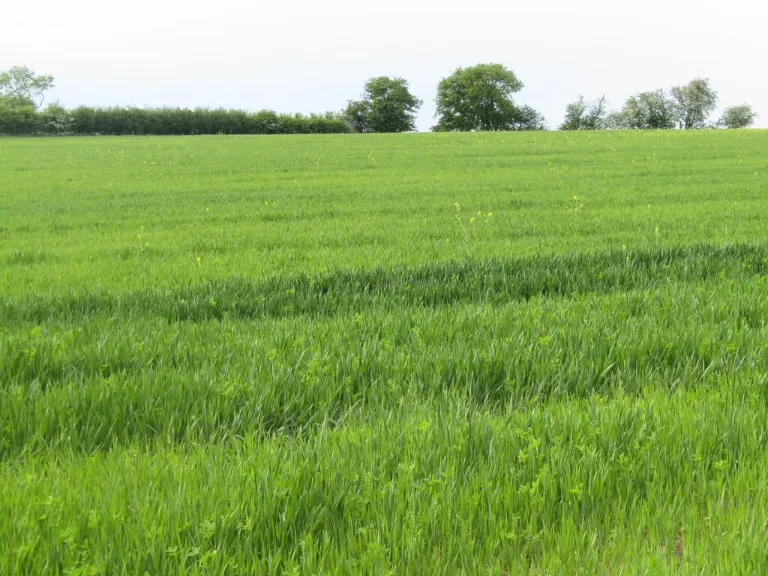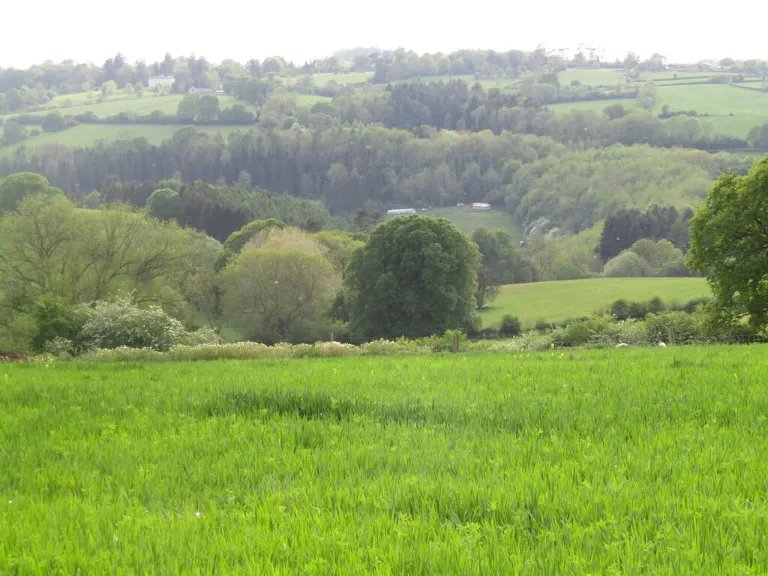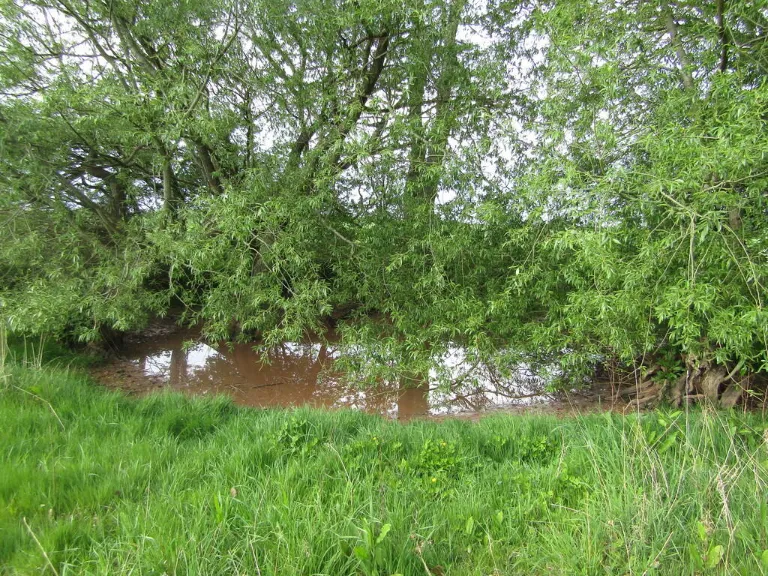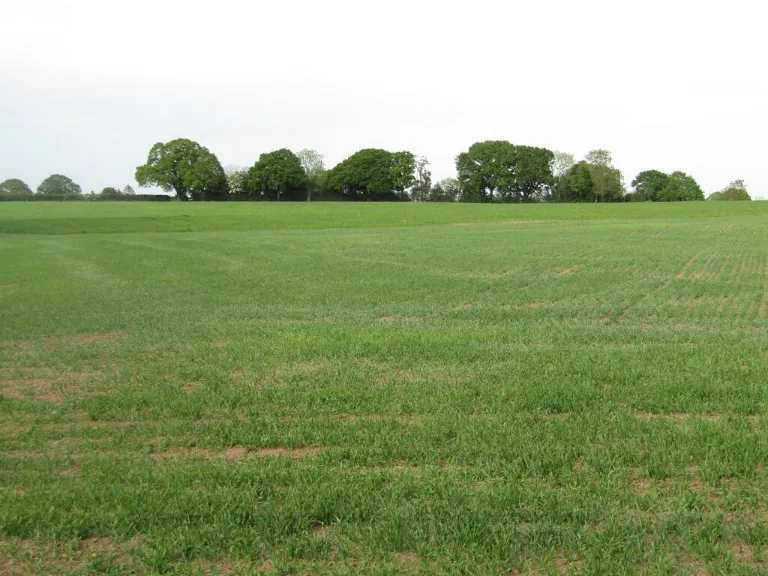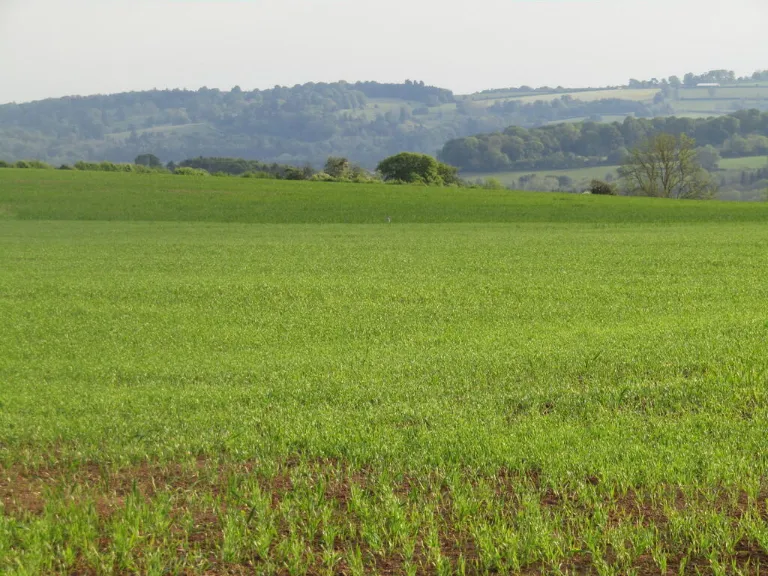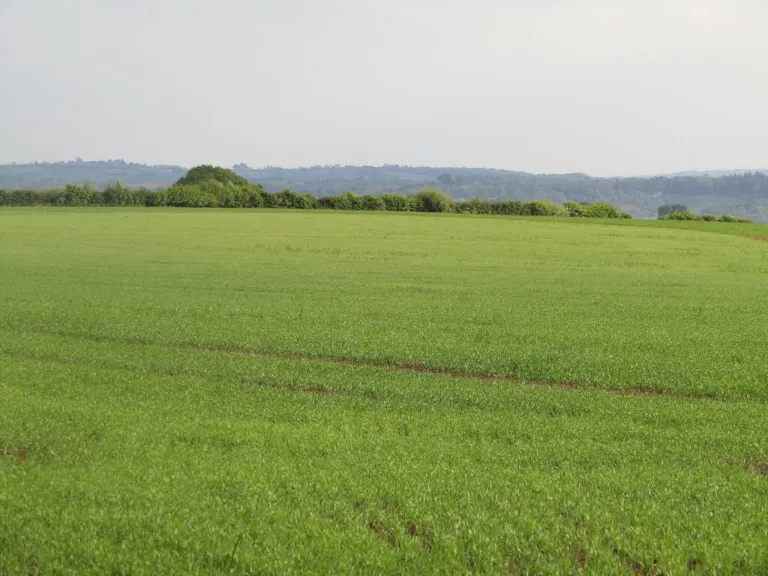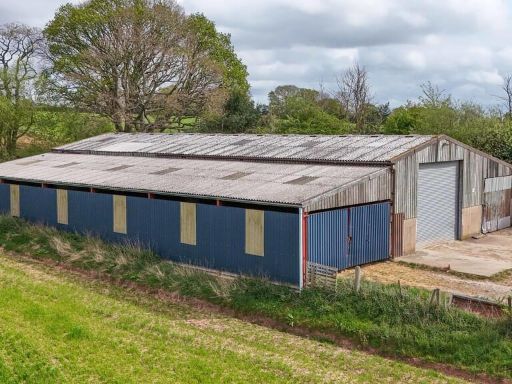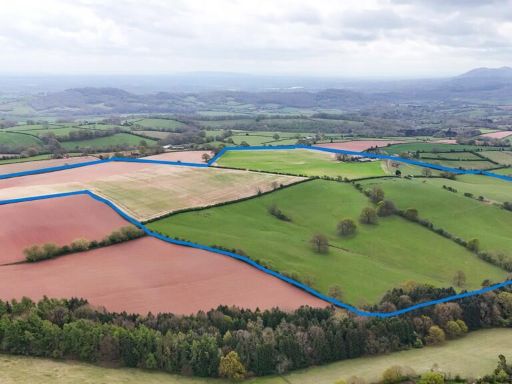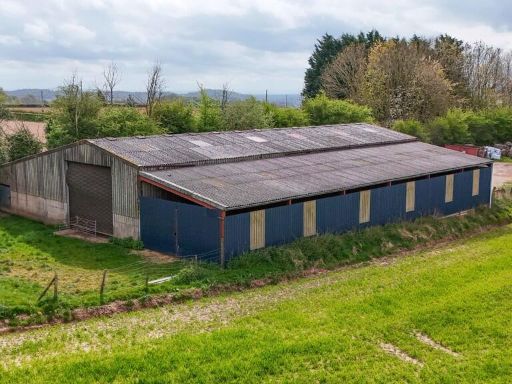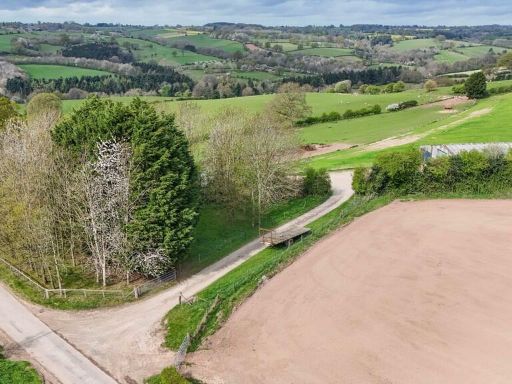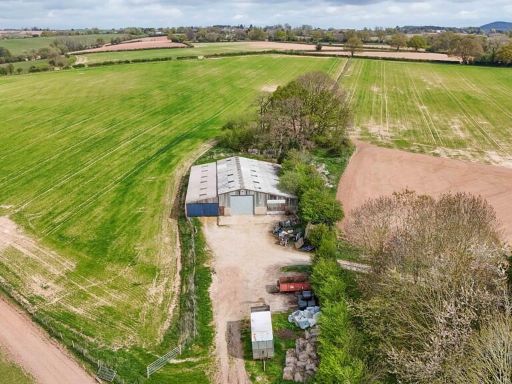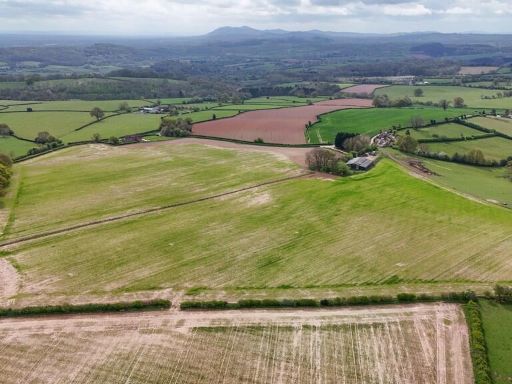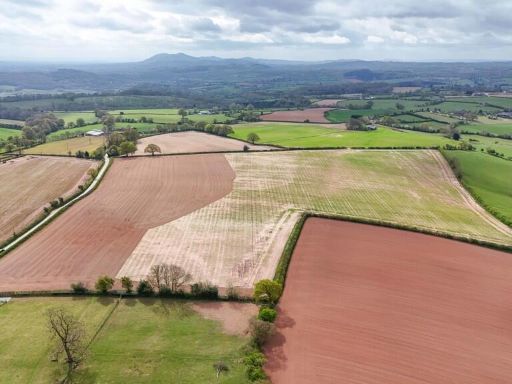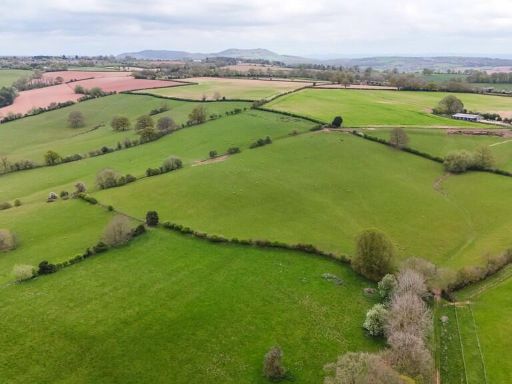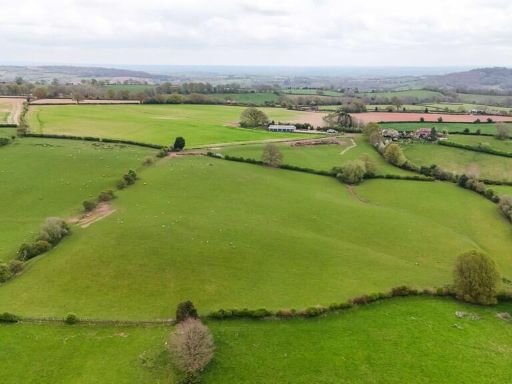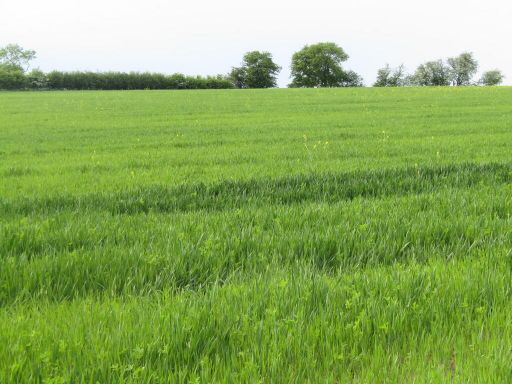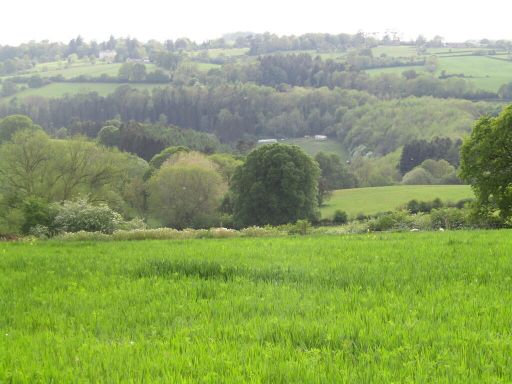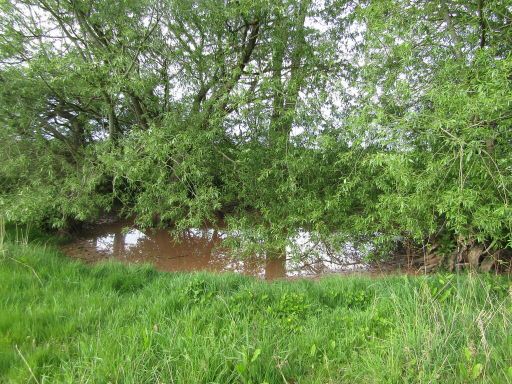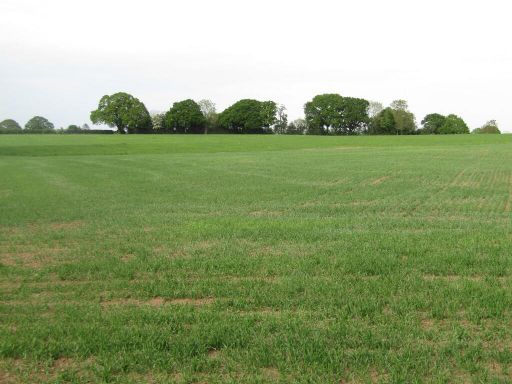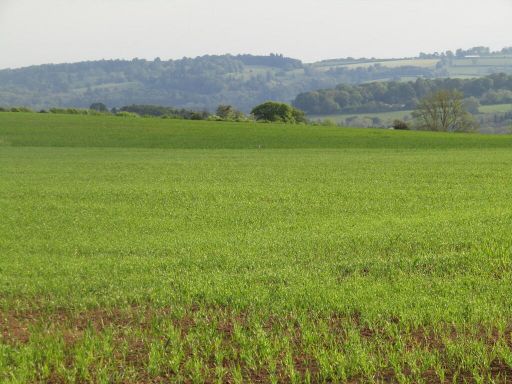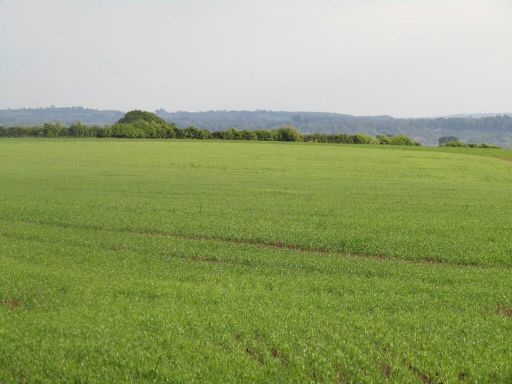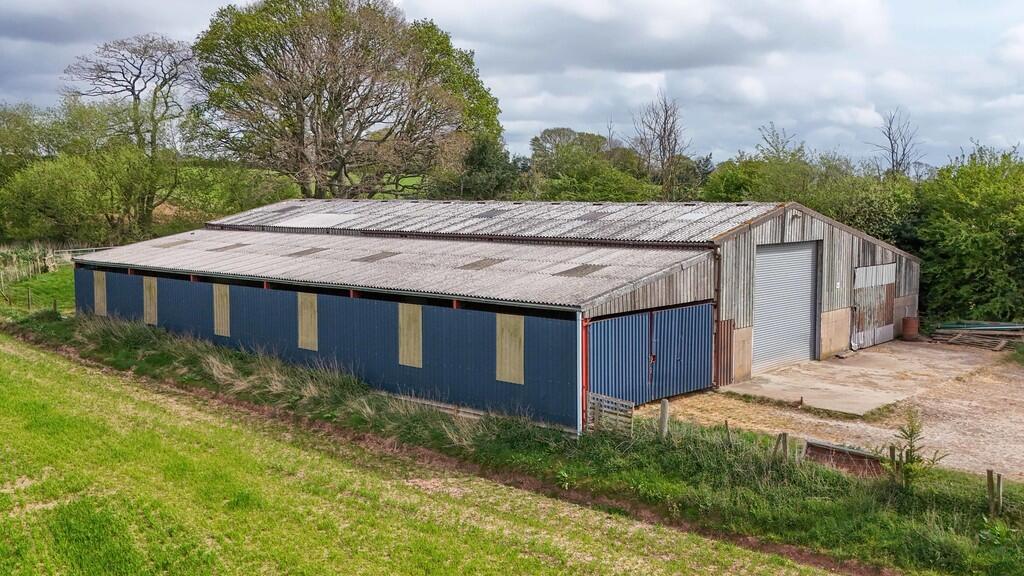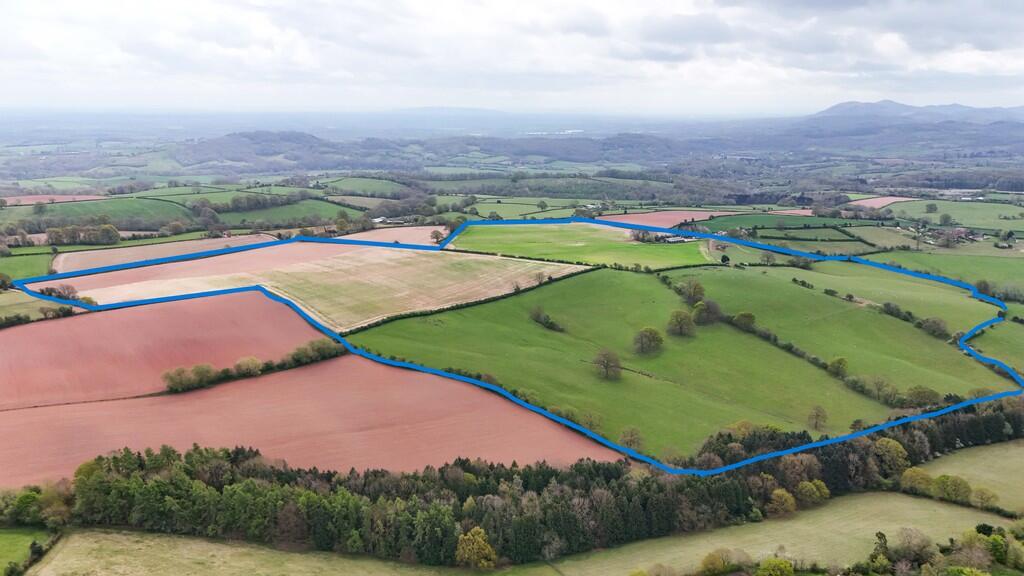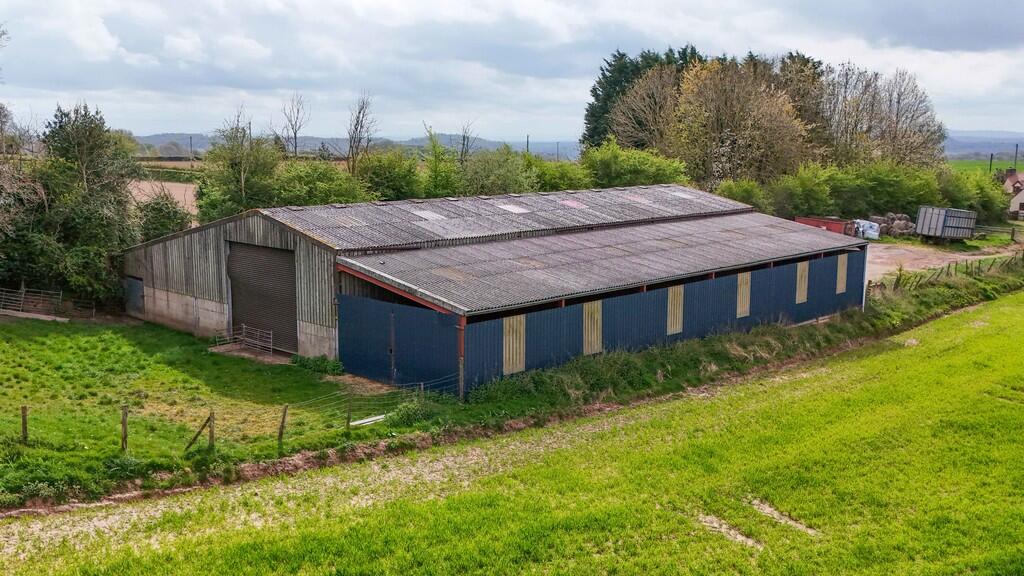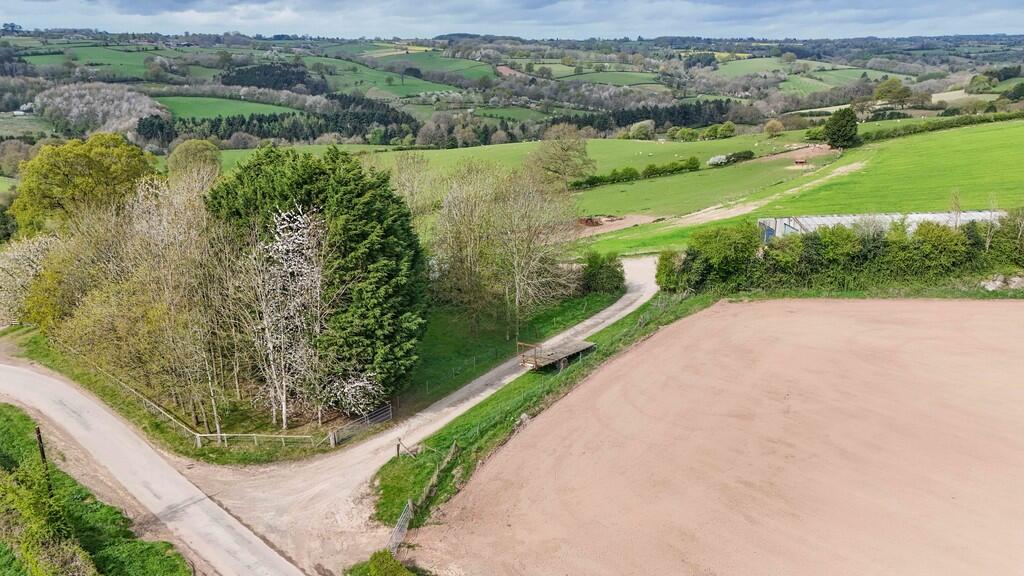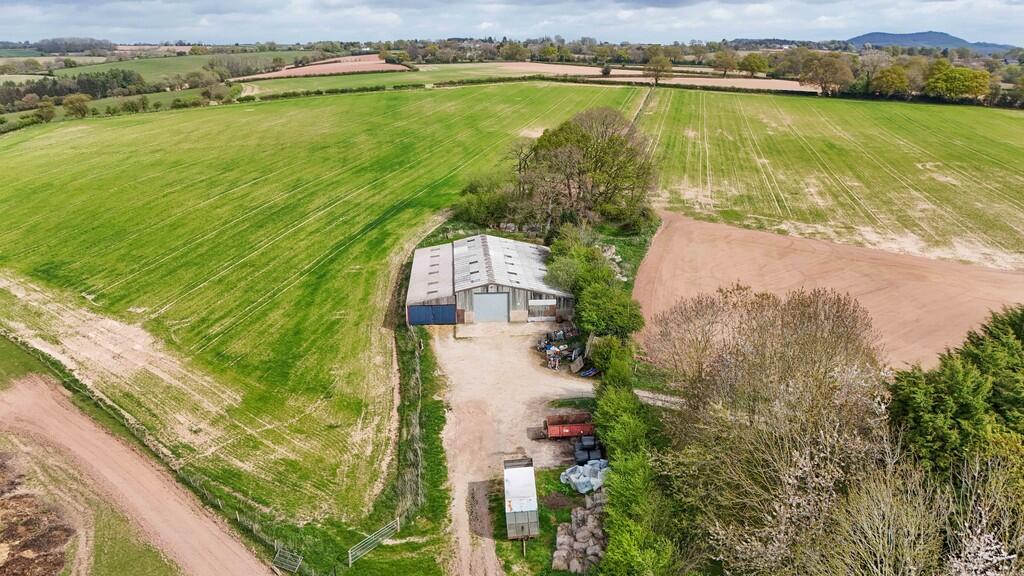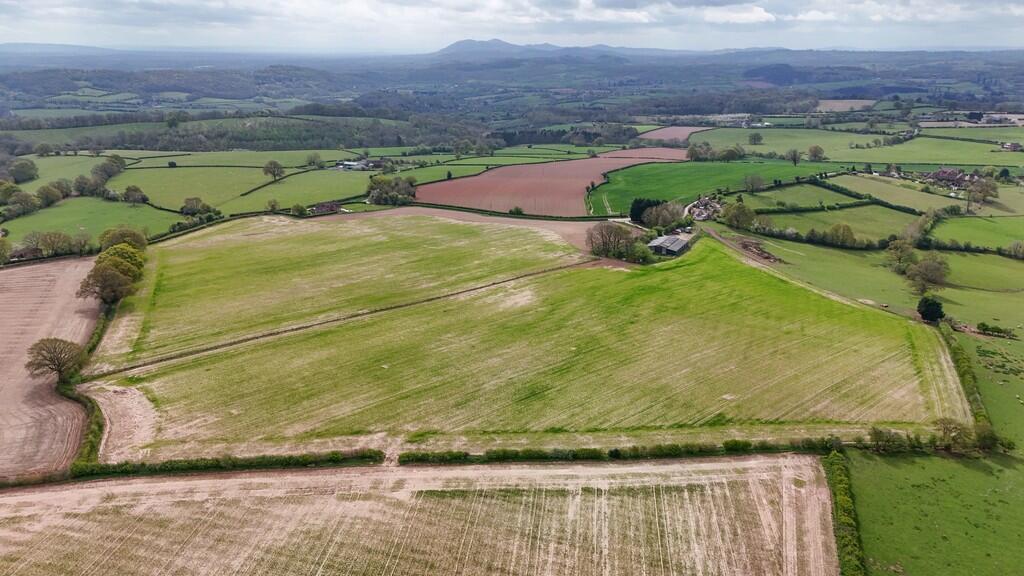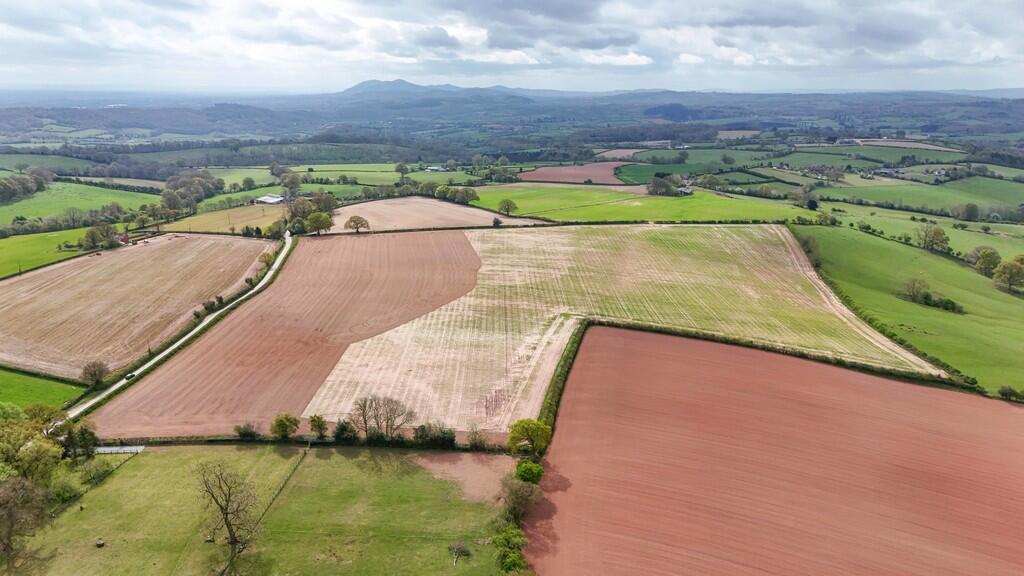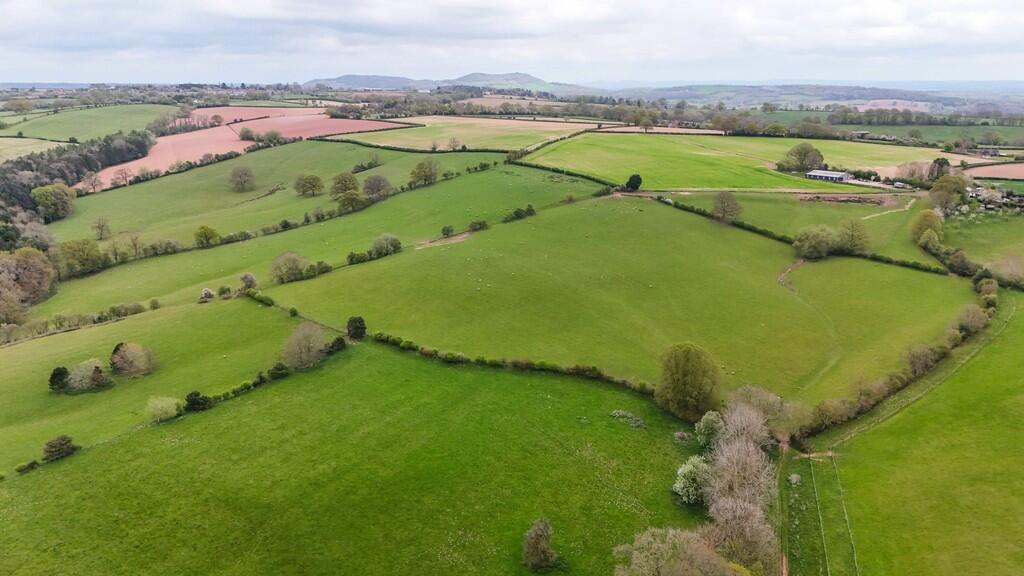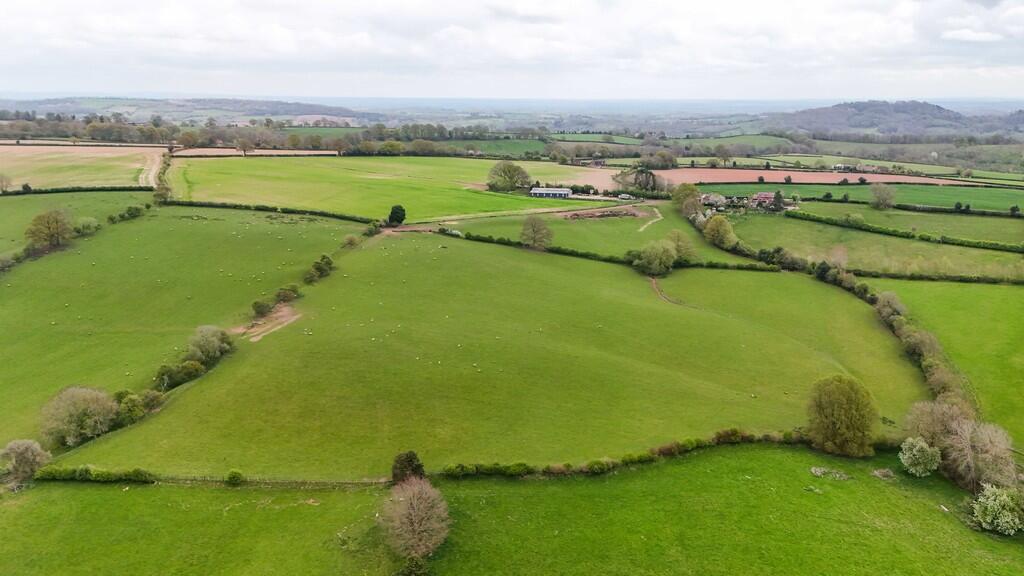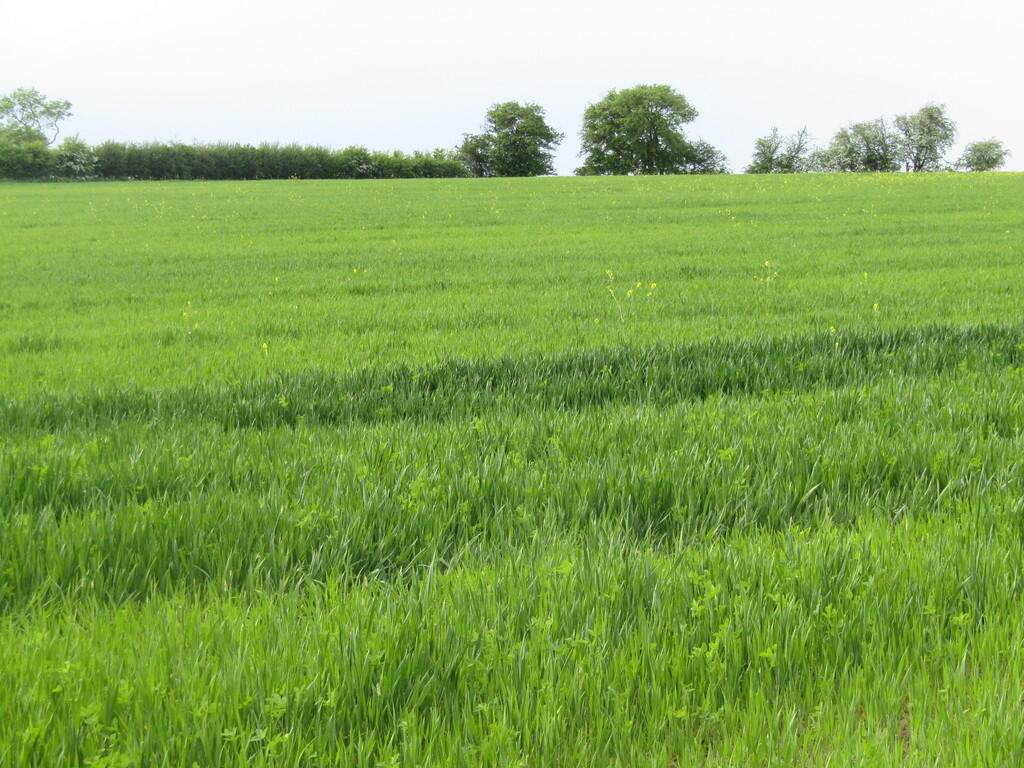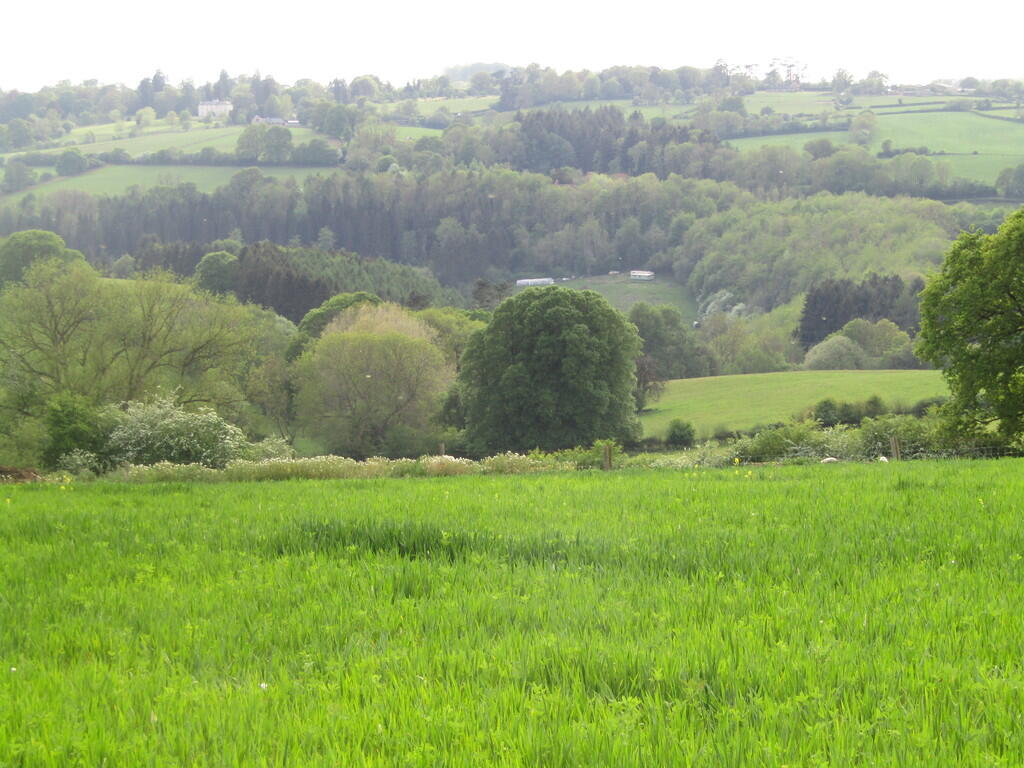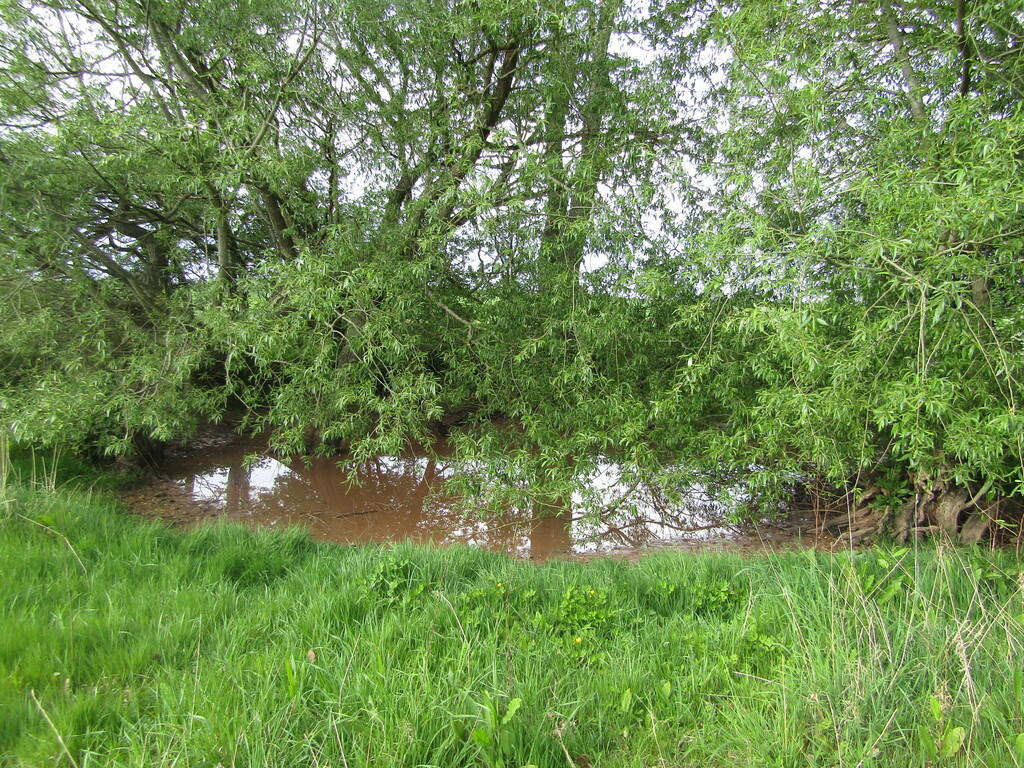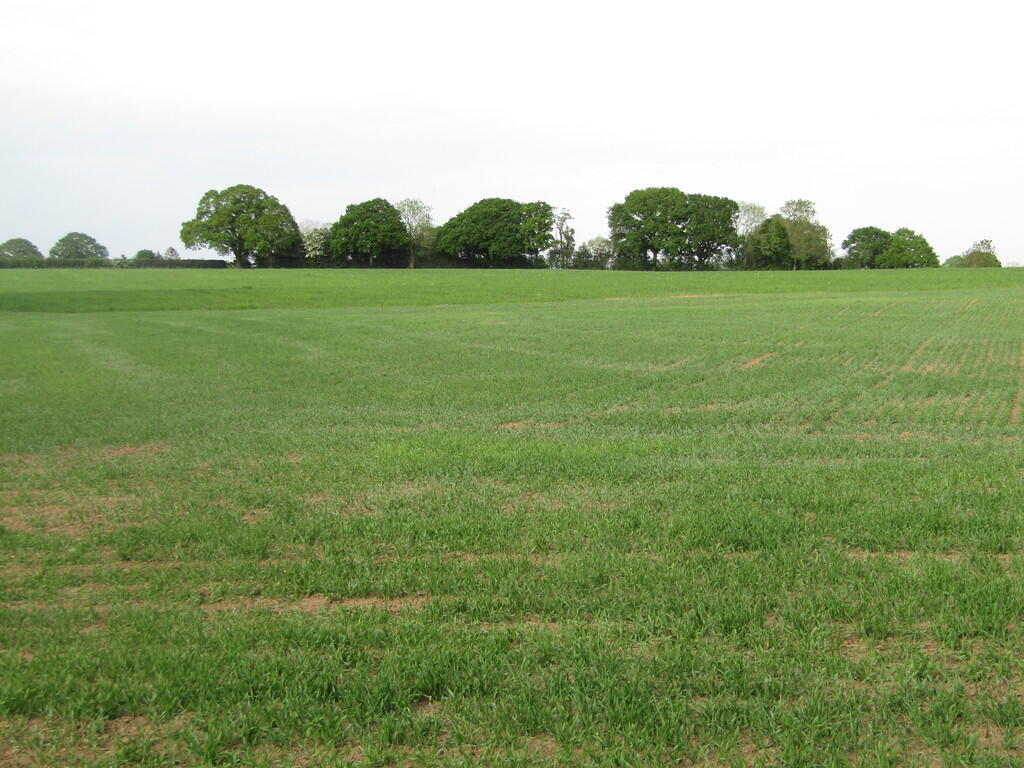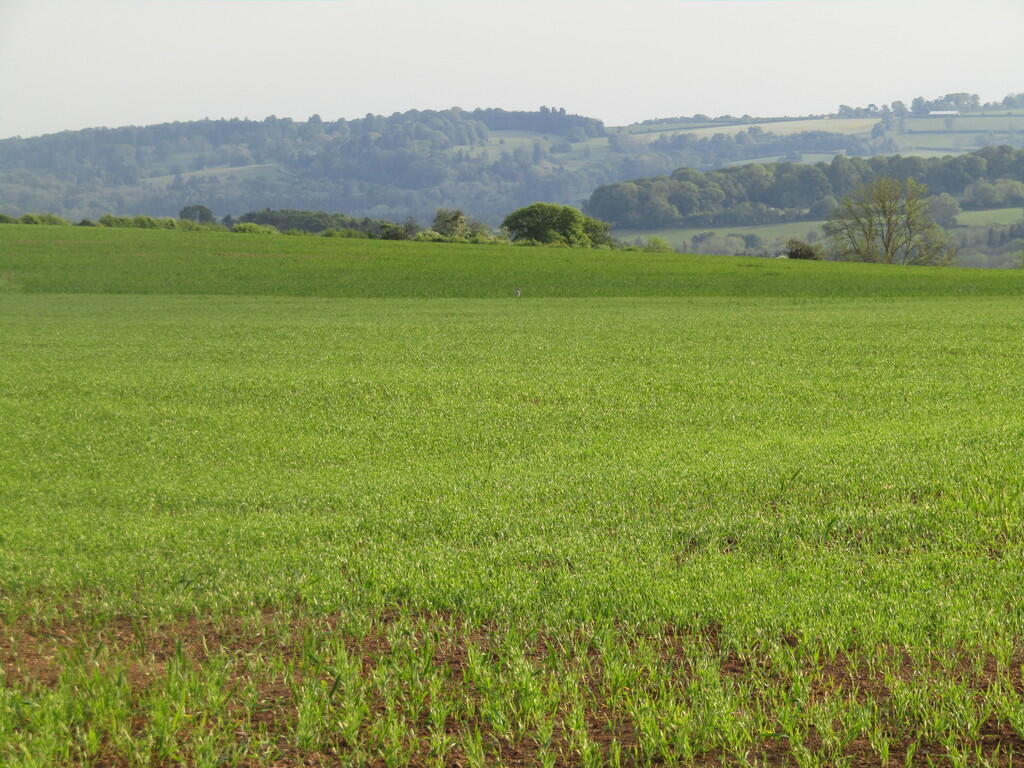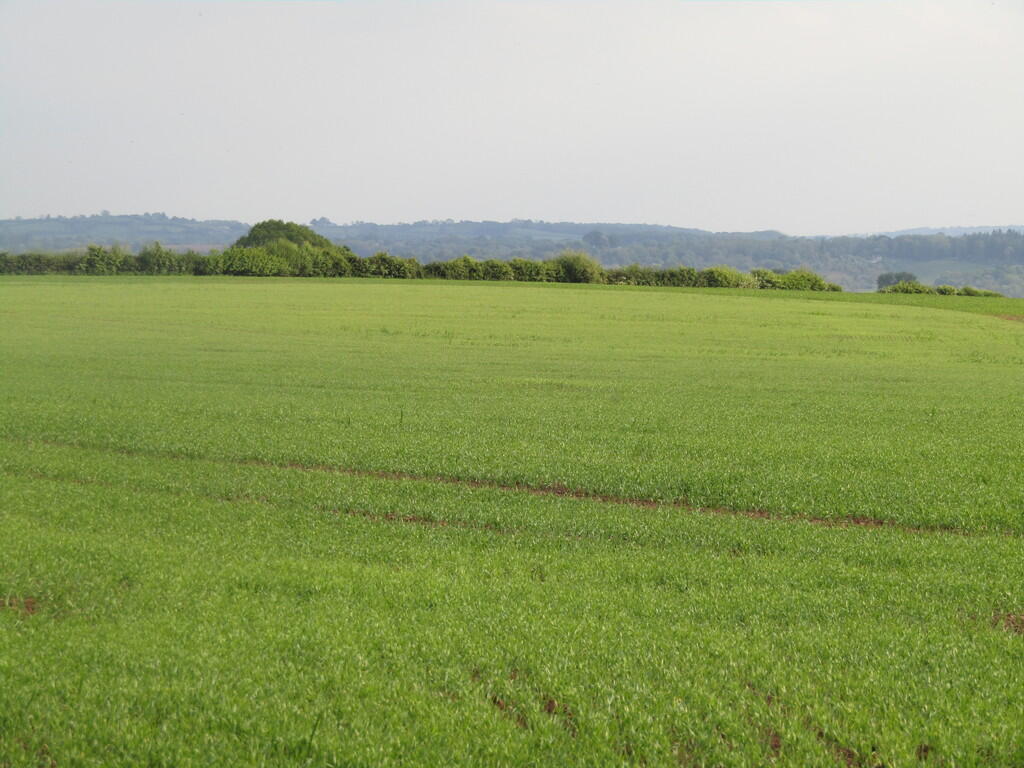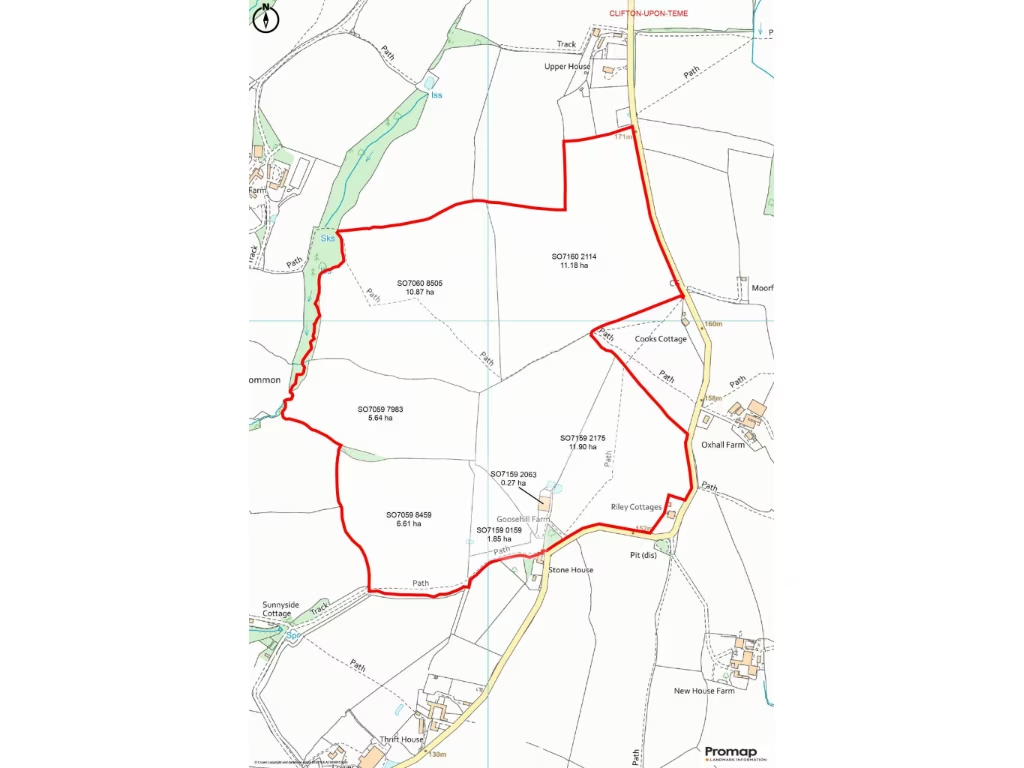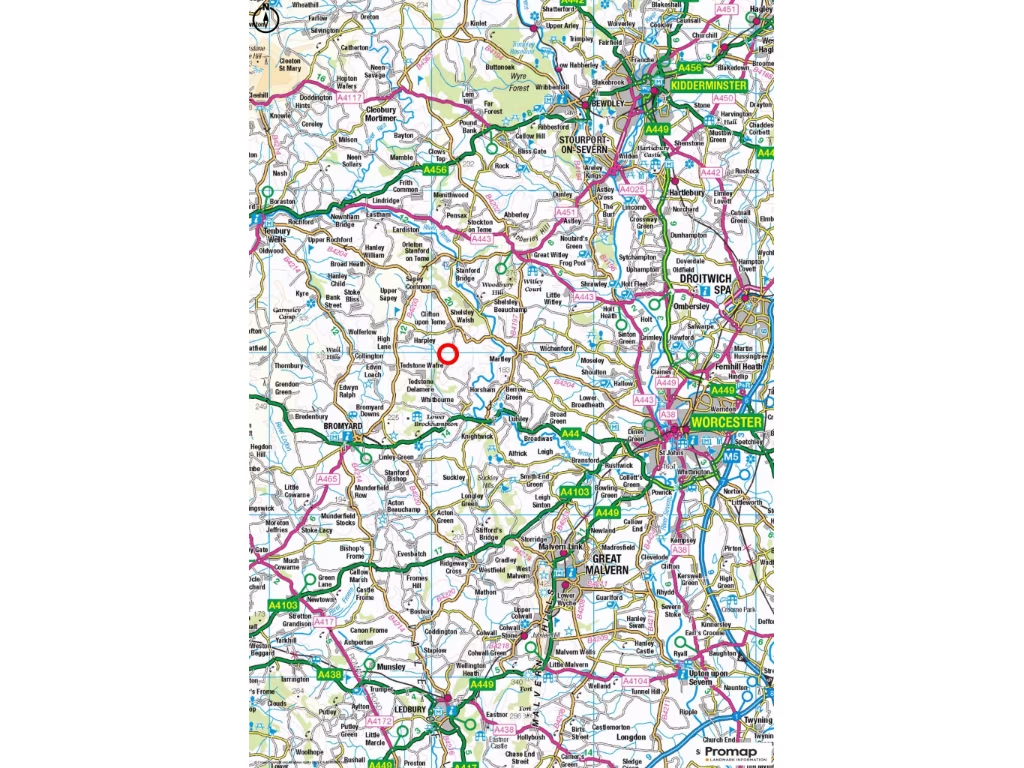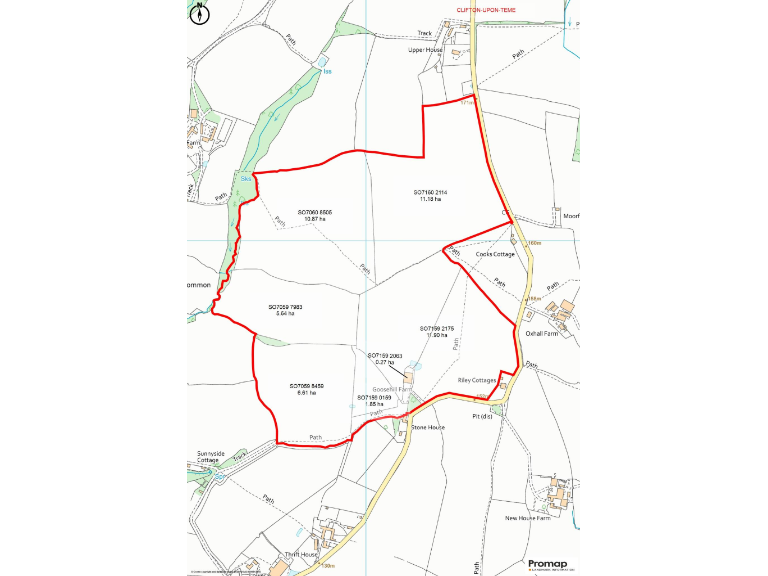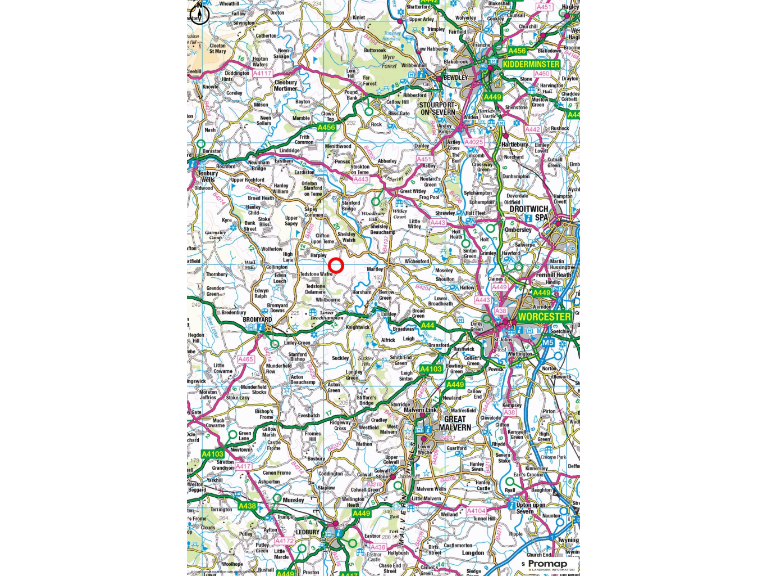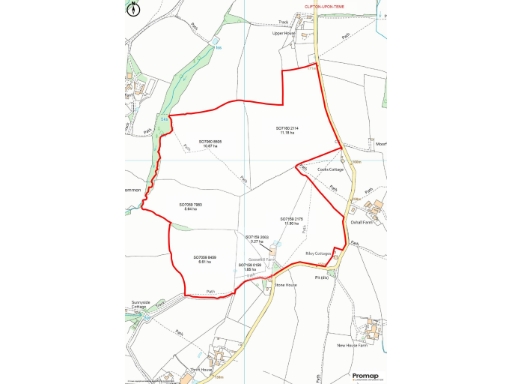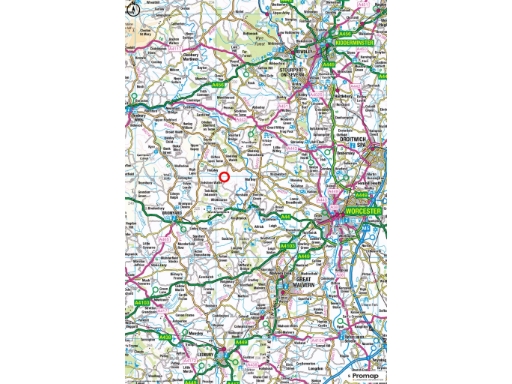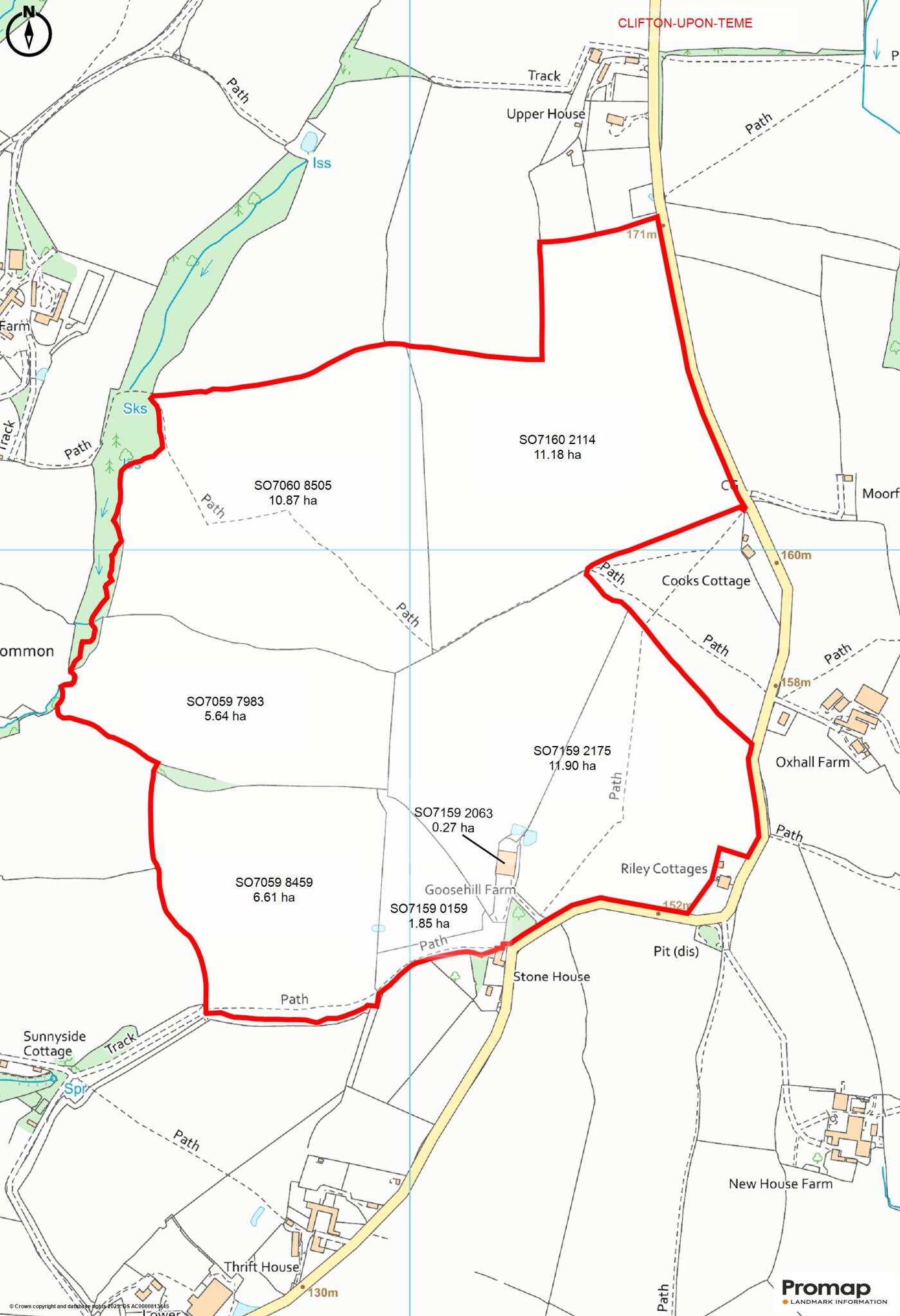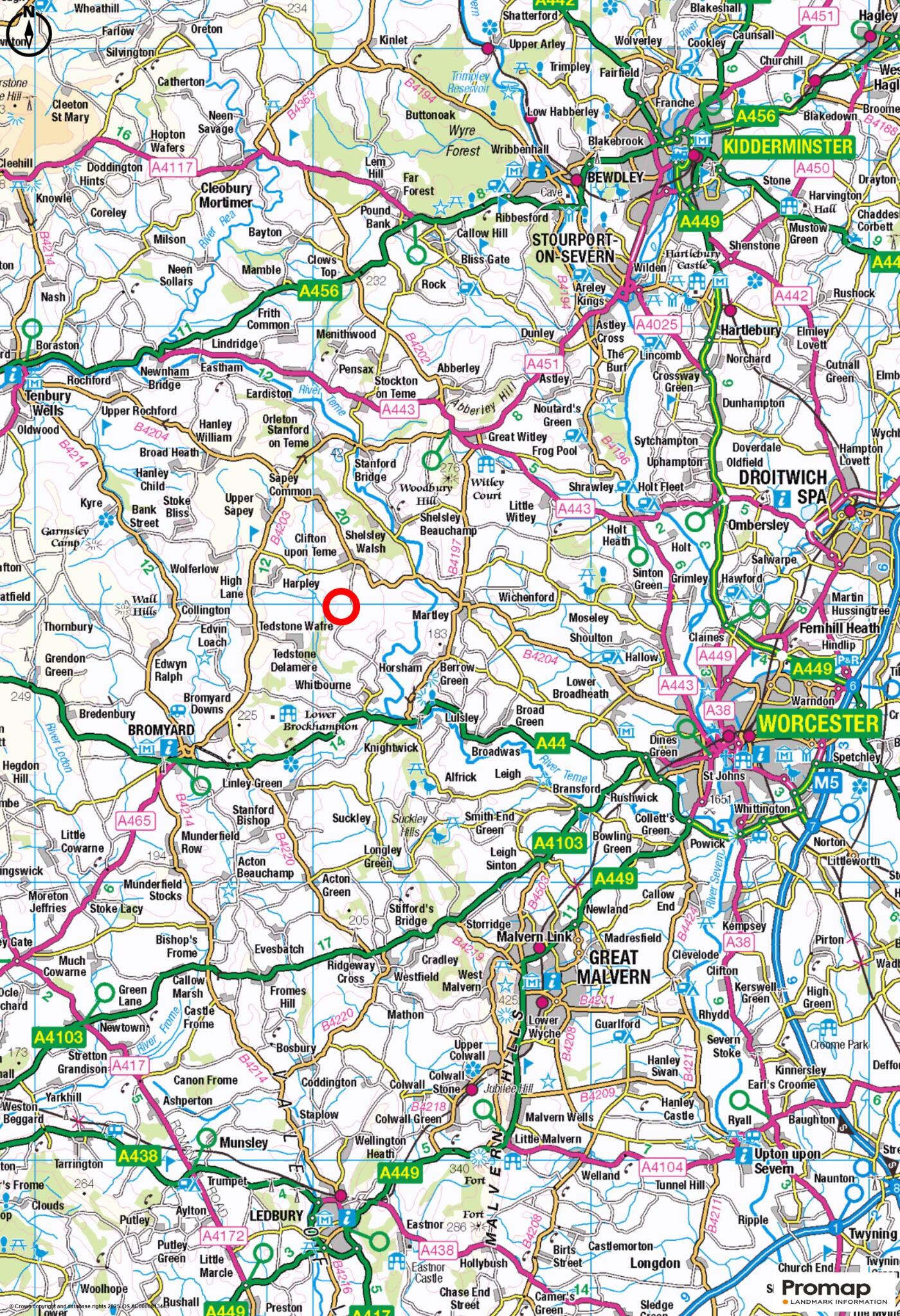Summary - OXHALL FARM CLIFTON ON TEME WORCESTER WR6 6EF
1 bed 1 bath Land
Large productive farmland with a substantial agricultural building and clear development potential.
119.37 acres mostly Grade II arable and pasture
5,850 sq ft steel portal‑framed farm building, enclosed
Mains water and electricity connected on site
Roadside access with off‑street parking for vehicles and machinery
Divided into five enclosures for ease of management
Low flood risk; rural hamlet location with panoramic views
Not currently residential; change of use requires planning permission
Building agricultural spec — conversion needs approvals and works
Gorse Hill Farm is a substantial freehold smallholding of 119.37 acres predominantly Grade II arable and pasture, offering immediate agricultural utility and long-term asset potential. The land is divided into manageable enclosures, bordered by hedgerows and woodlands, with open, south‑westerly aspects and scenic rolling views characteristic of Worcestershire countryside. Mains water and electricity are connected and road frontage provides straightforward access for plant and livestock.
A 5,850 sq ft steel portal‑framed farm building provides large covered storage or operational space for machinery, feed, or livestock, reducing immediate capital expenditure for productive use. The property has recent history of cereal and potato cropping and is suitable for continued commercial farming, equestrian uses, or as a land investment. Broadband speeds are reported fast for the location and flood risk is low.
Any change of use, residential conversion, or redevelopment will require the relevant local planning permissions; buyers should not assume permitted residential use. The building, while sound and useful, is agricultural in specification and would need conversion works and approvals for alternative uses. Prospective purchasers should note typical farming responsibilities and there may be costs for ongoing land management and boundary maintenance.
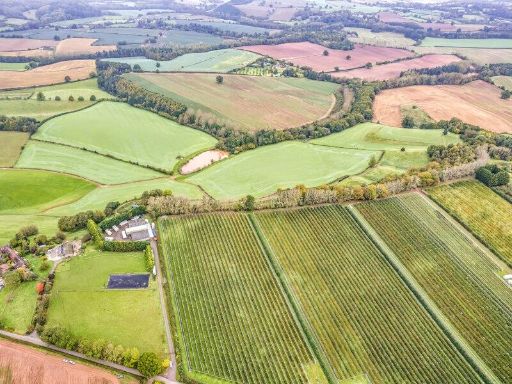 Commercial development for sale in Land And Buildings At Hillhampton Farm, Hillhampton, Great Witley, Worcestershire, WR6 — £720,000 • 1 bed • 1 bath • 12125 ft²
Commercial development for sale in Land And Buildings At Hillhampton Farm, Hillhampton, Great Witley, Worcestershire, WR6 — £720,000 • 1 bed • 1 bath • 12125 ft²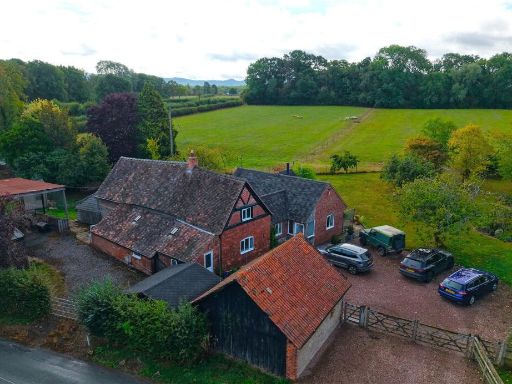 3 bedroom detached house for sale in Bosbury, Ledbury, Herefordshire, HR8 — £750,000 • 3 bed • 1 bath • 2993 ft²
3 bedroom detached house for sale in Bosbury, Ledbury, Herefordshire, HR8 — £750,000 • 3 bed • 1 bath • 2993 ft²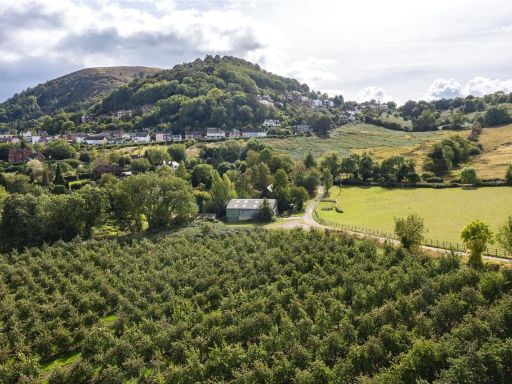 Land for sale in Cradley, Malvern, Worcestershire, WR13 — £950,000 • 1 bed • 1 bath • 3978 ft²
Land for sale in Cradley, Malvern, Worcestershire, WR13 — £950,000 • 1 bed • 1 bath • 3978 ft²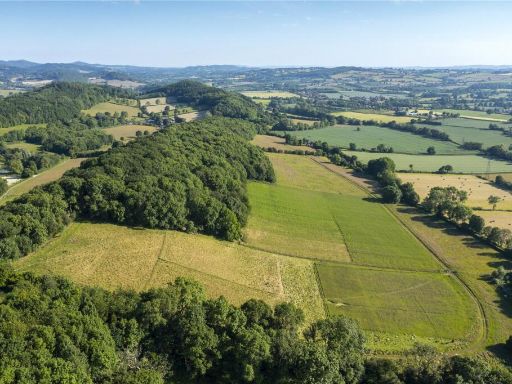 Land for sale in Worcester, Worcestershire, WR6 — £1,100,000 • 1 bed • 1 bath • 1571 ft²
Land for sale in Worcester, Worcestershire, WR6 — £1,100,000 • 1 bed • 1 bath • 1571 ft²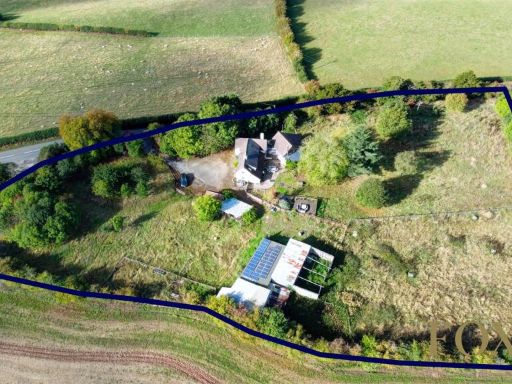 6 bedroom detached house for sale in Acton Beauchamp, WR6 — £750,000 • 6 bed • 3 bath • 3456 ft²
6 bedroom detached house for sale in Acton Beauchamp, WR6 — £750,000 • 6 bed • 3 bath • 3456 ft²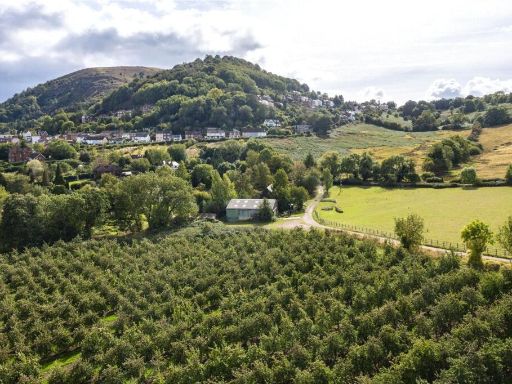 Land for sale in Cradley, Malvern, Worcestershire, WR13 — £475,000 • 1 bed • 1 bath • 3978 ft²
Land for sale in Cradley, Malvern, Worcestershire, WR13 — £475,000 • 1 bed • 1 bath • 3978 ft²